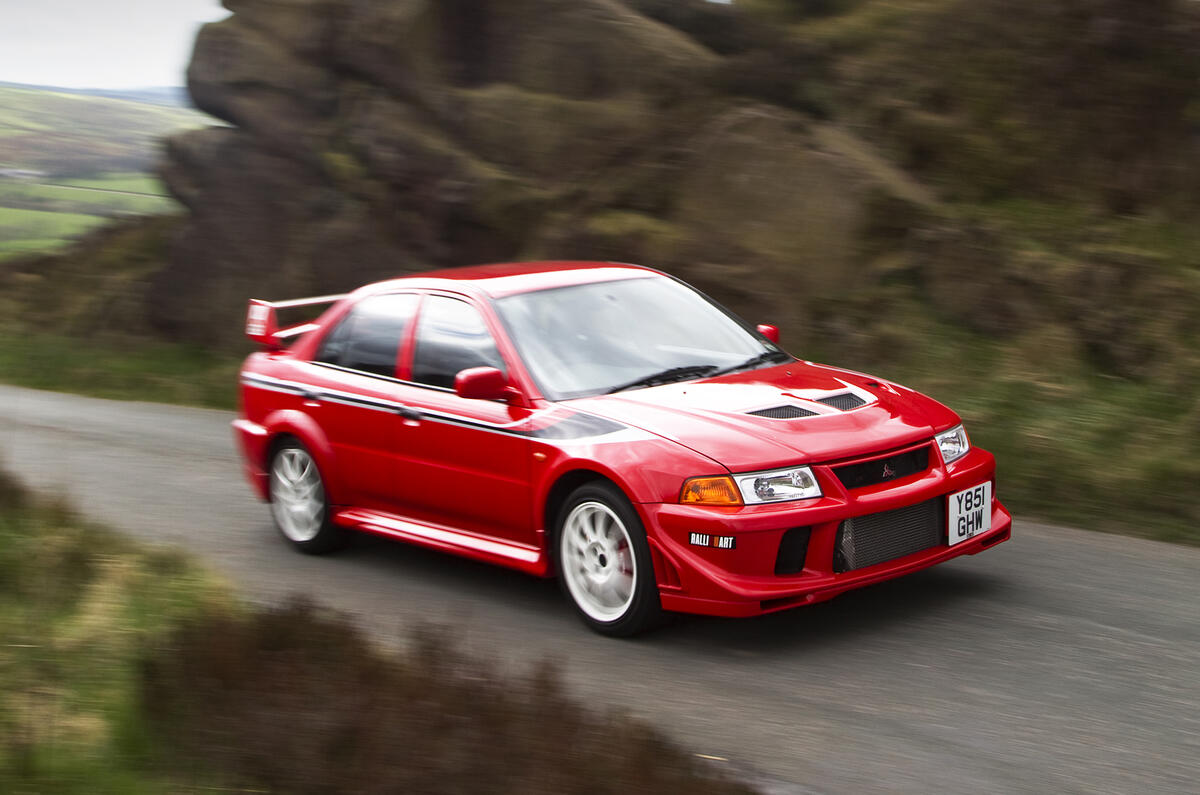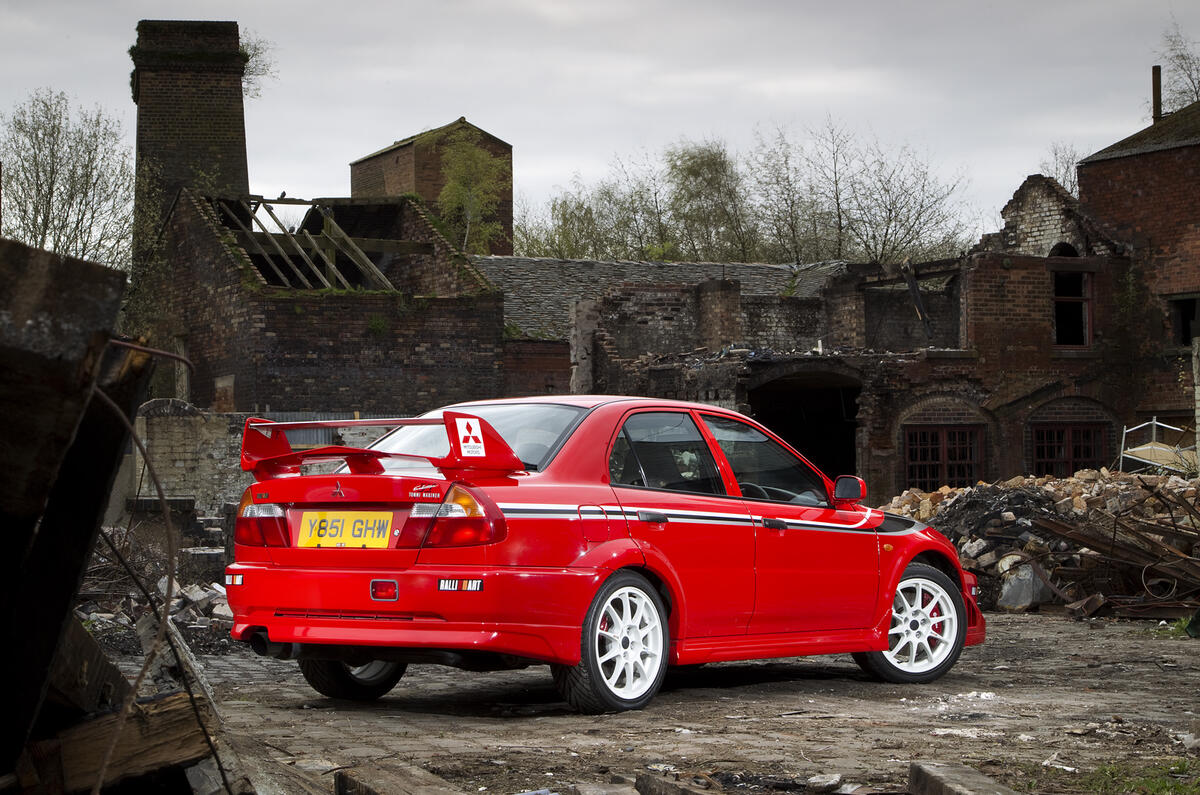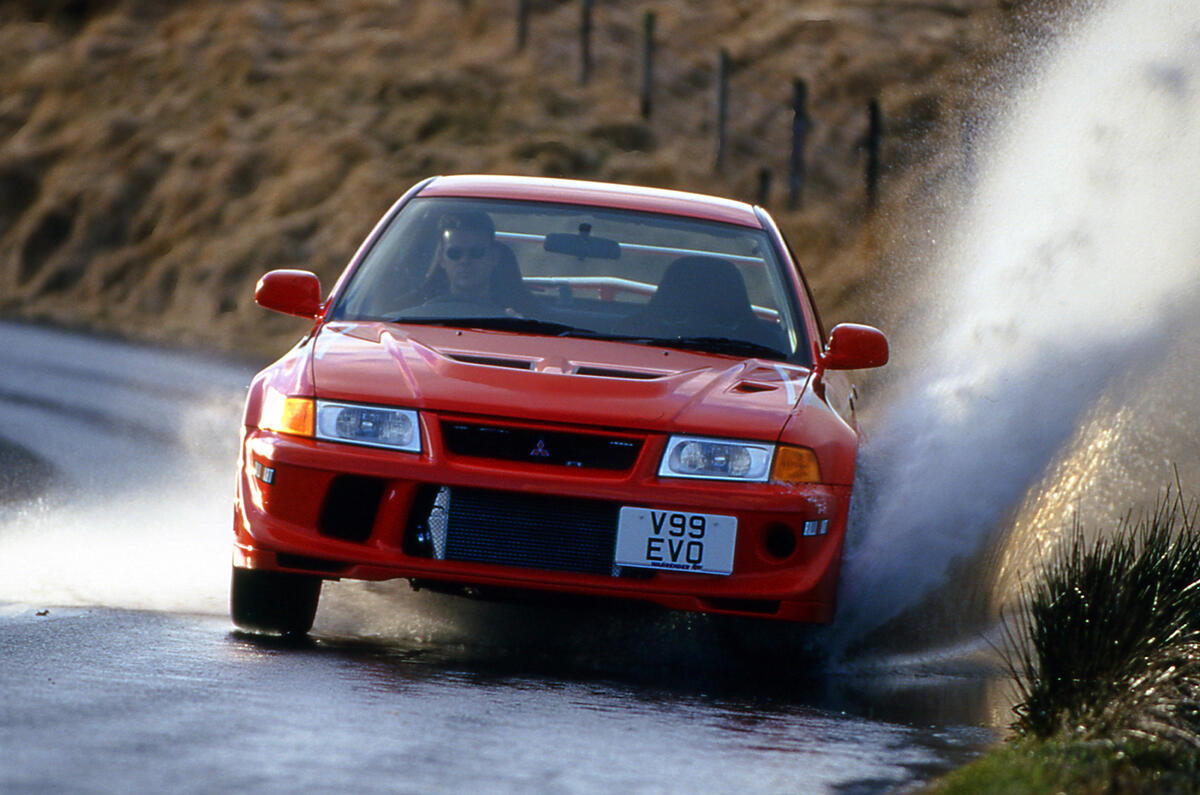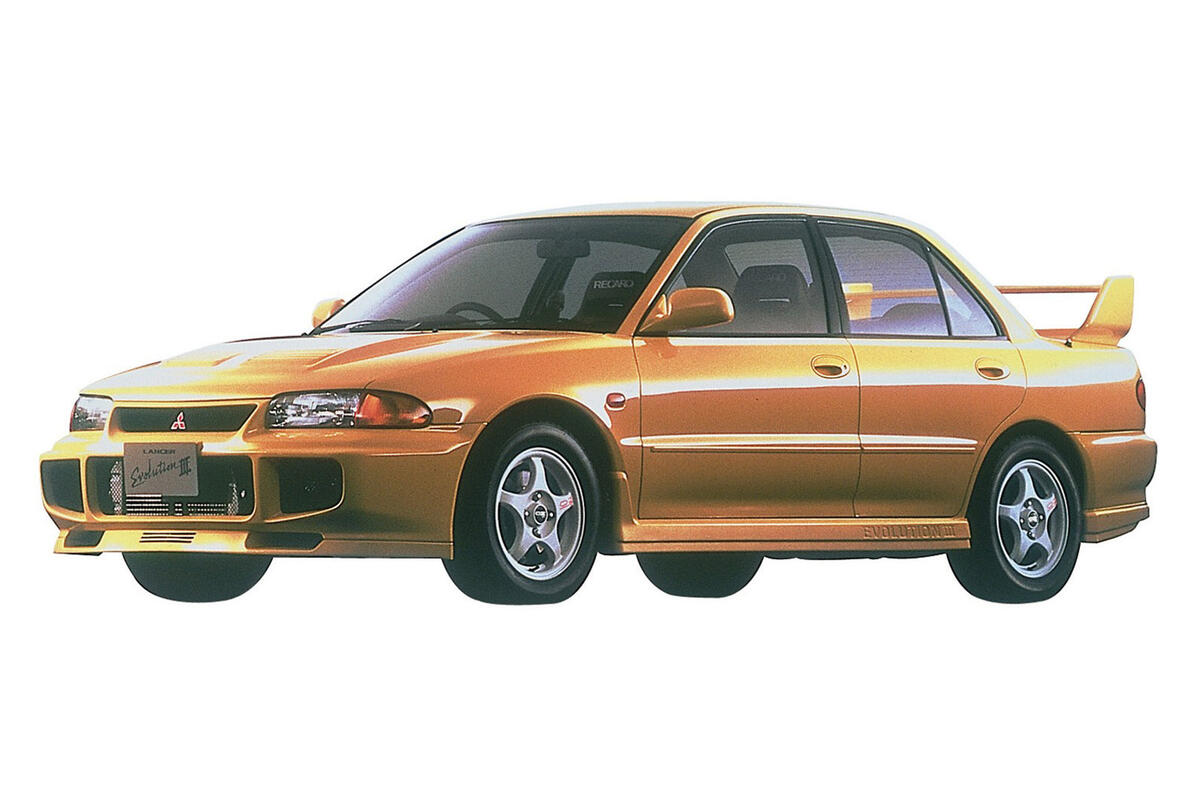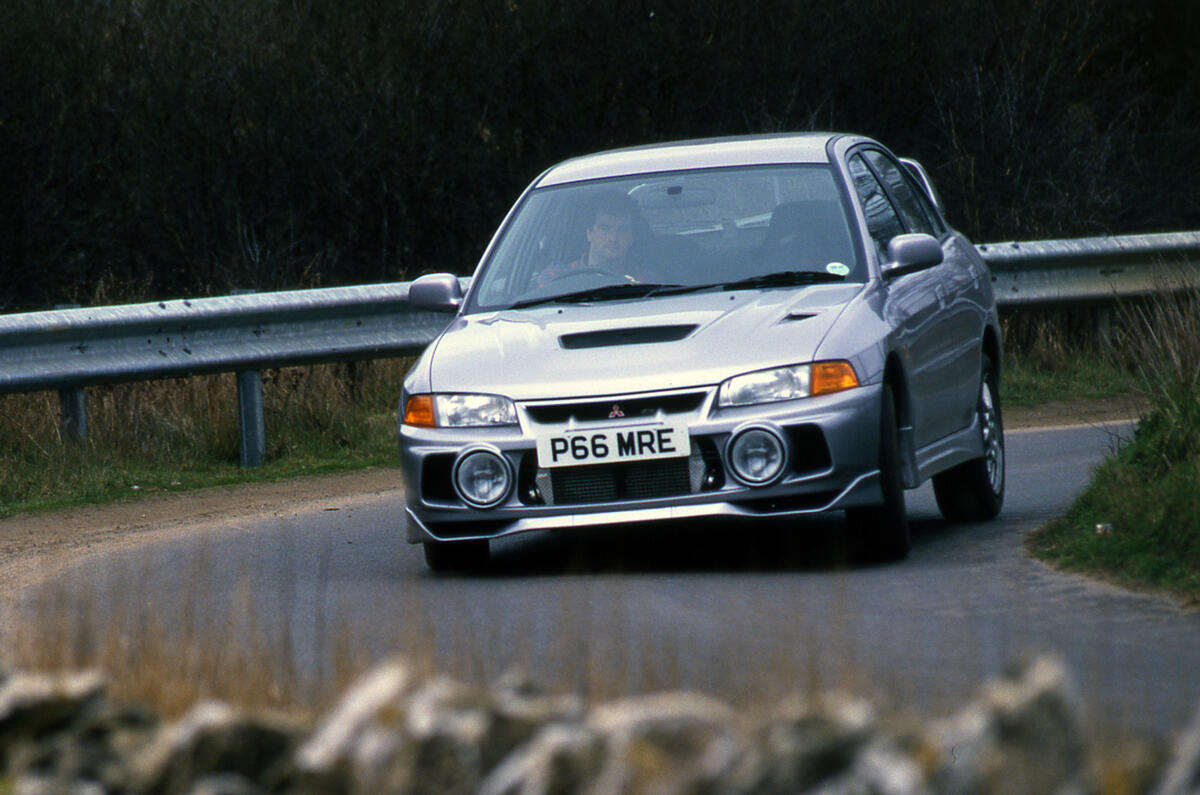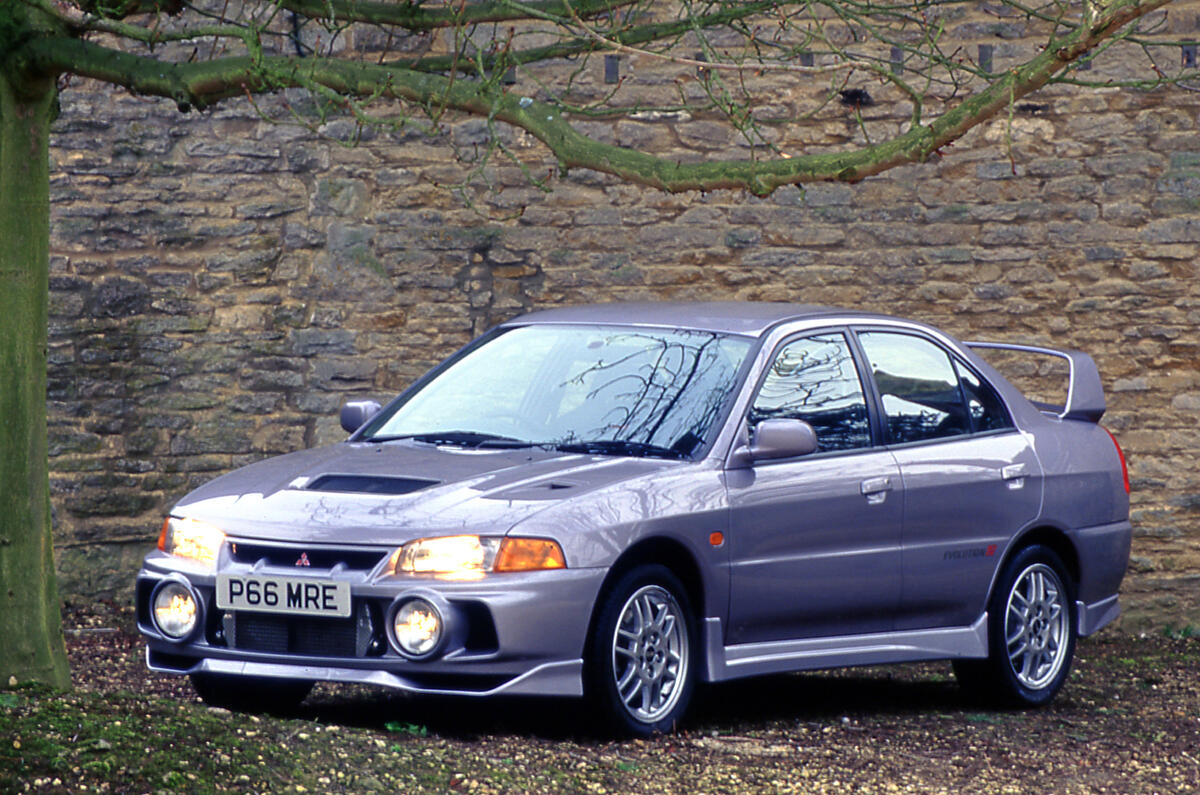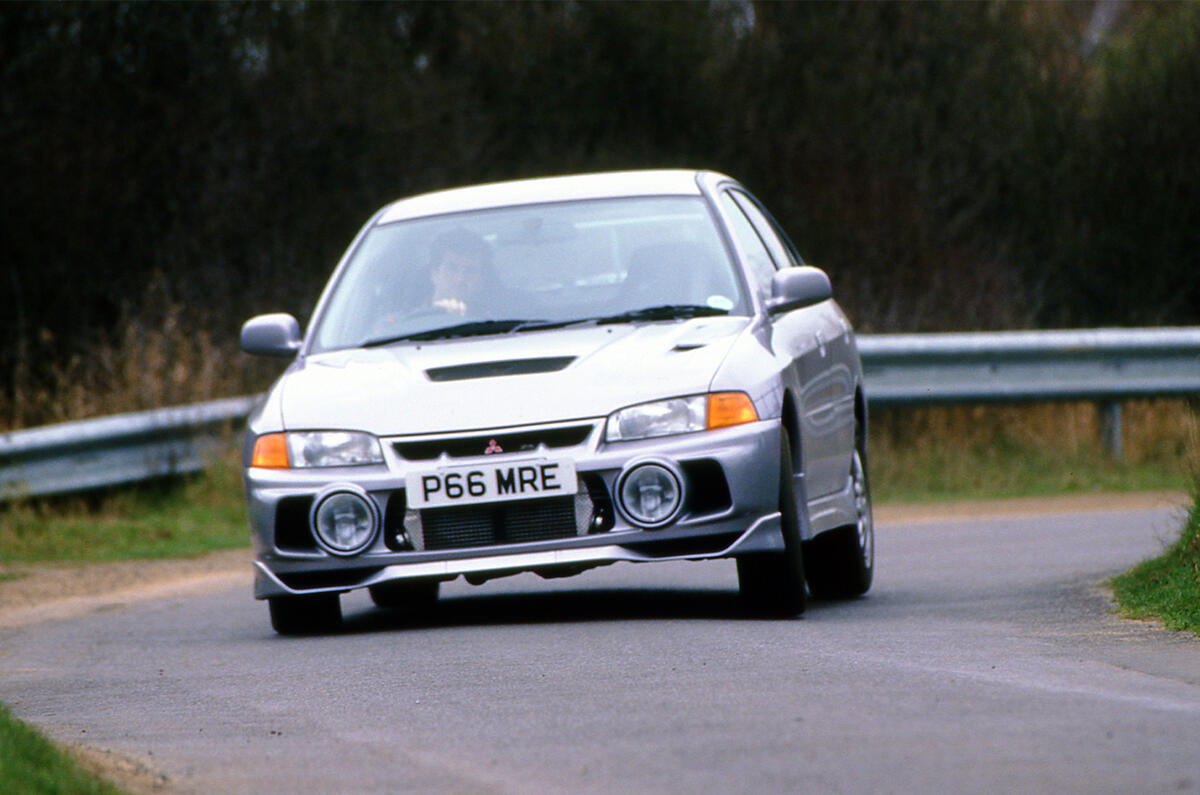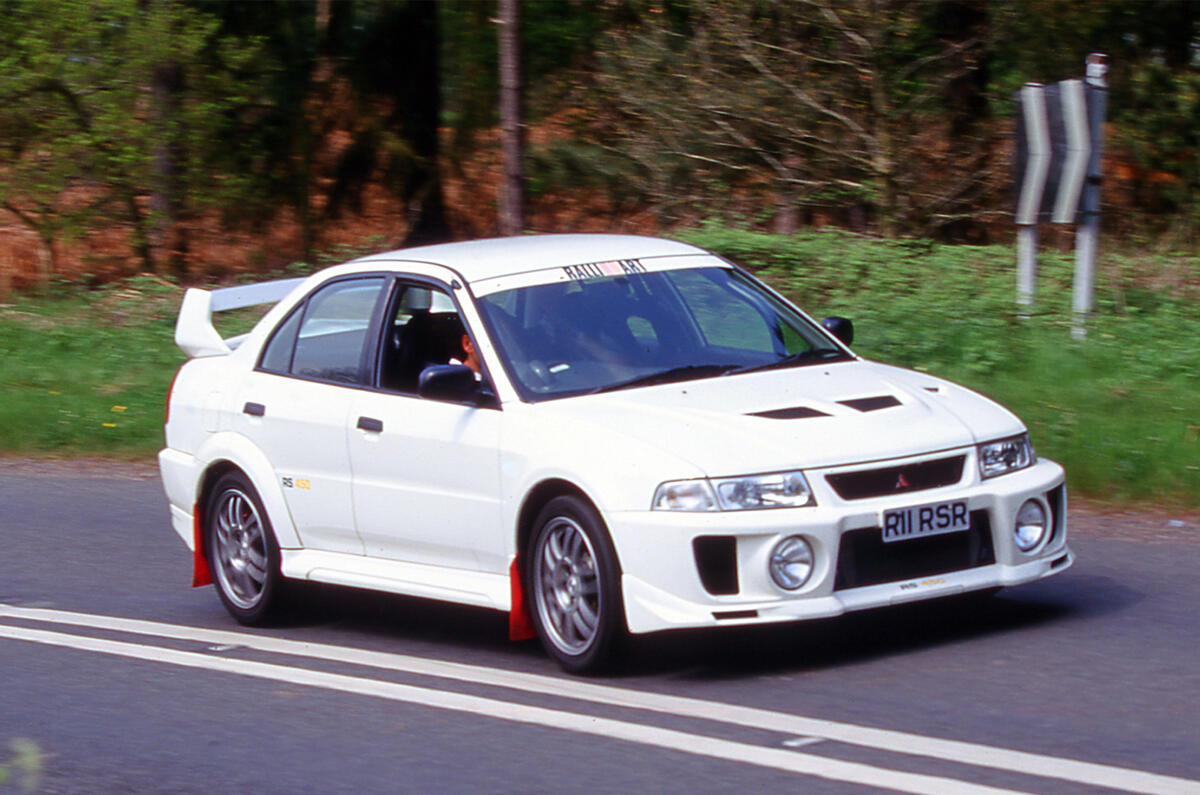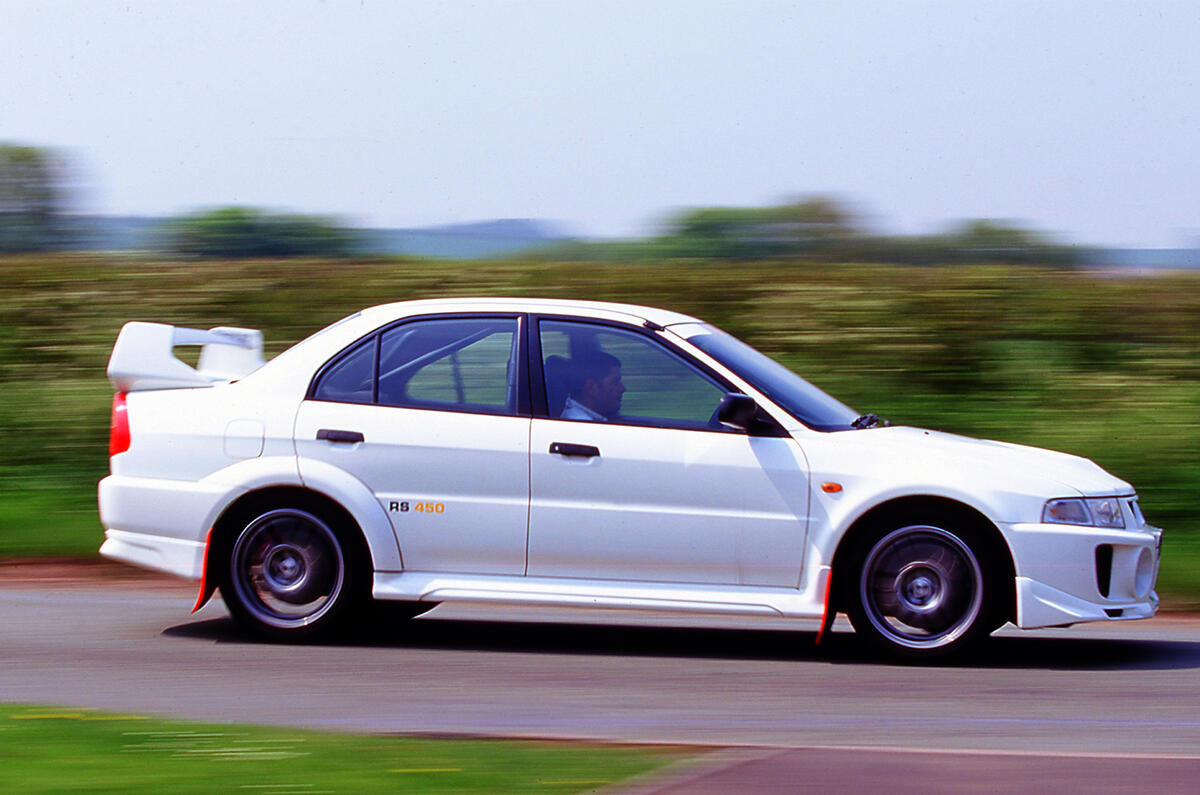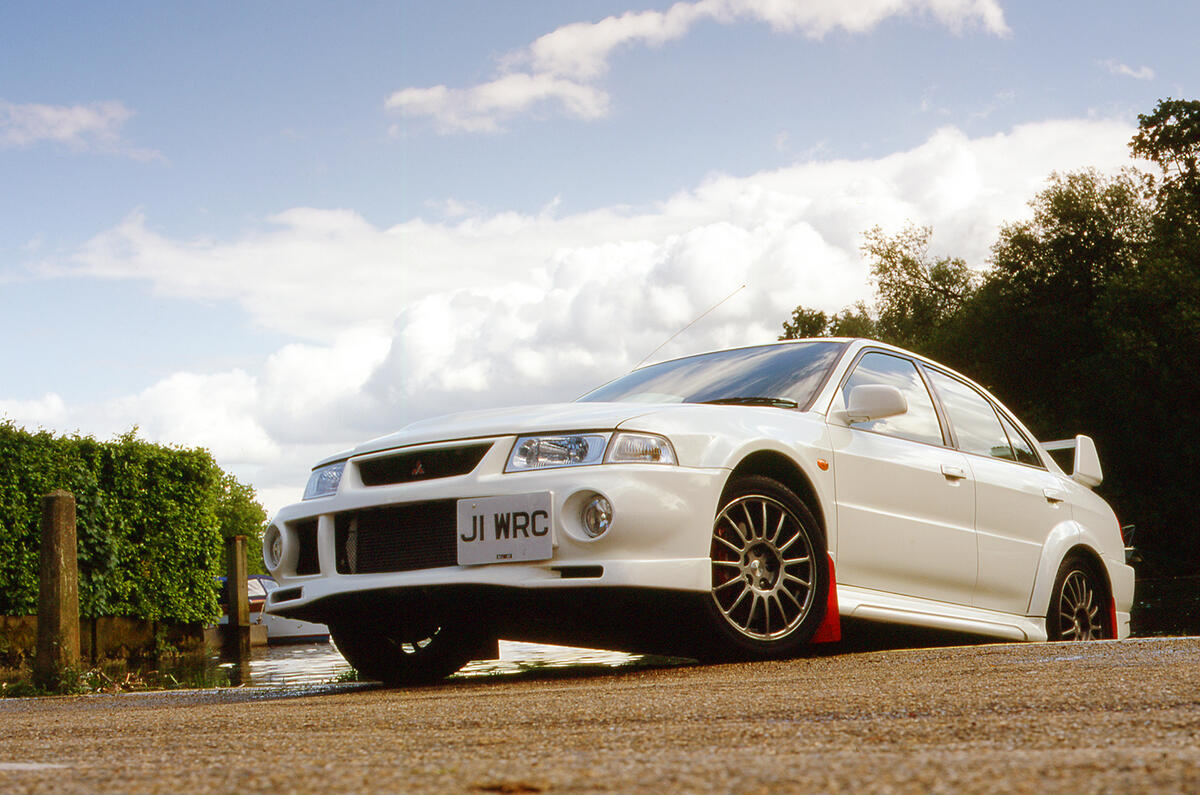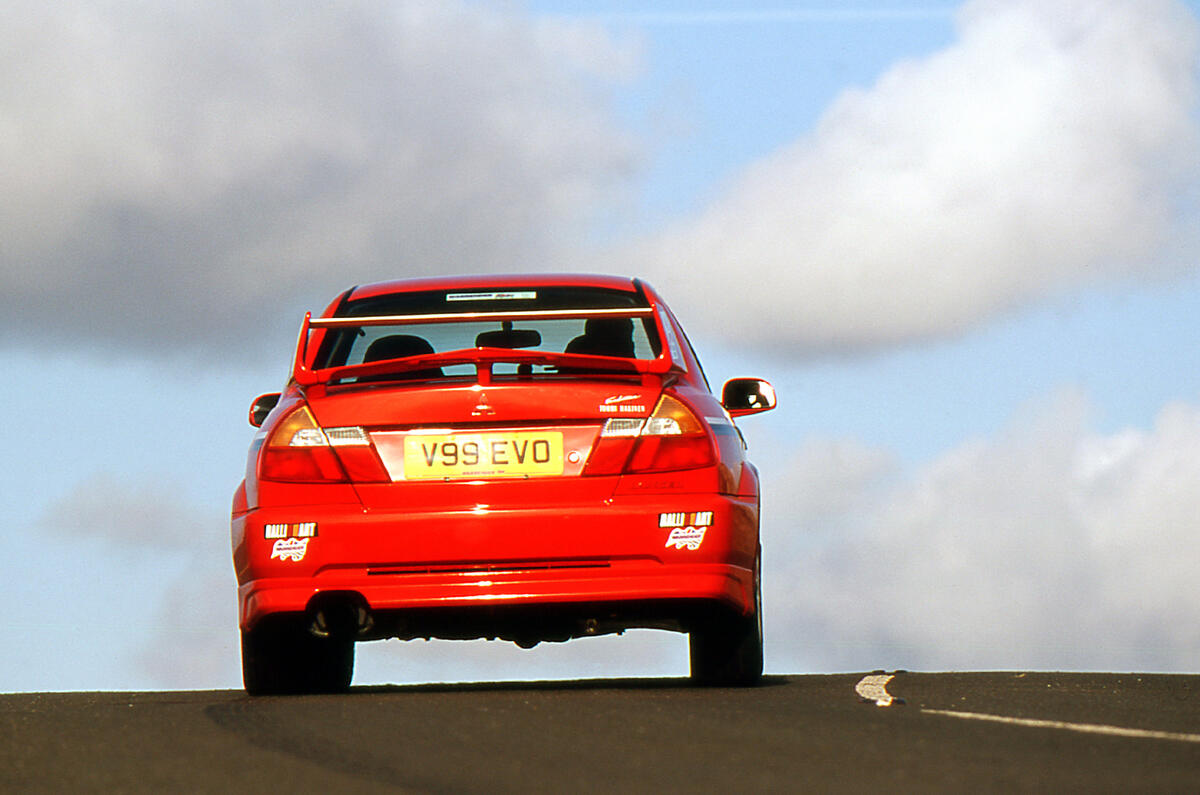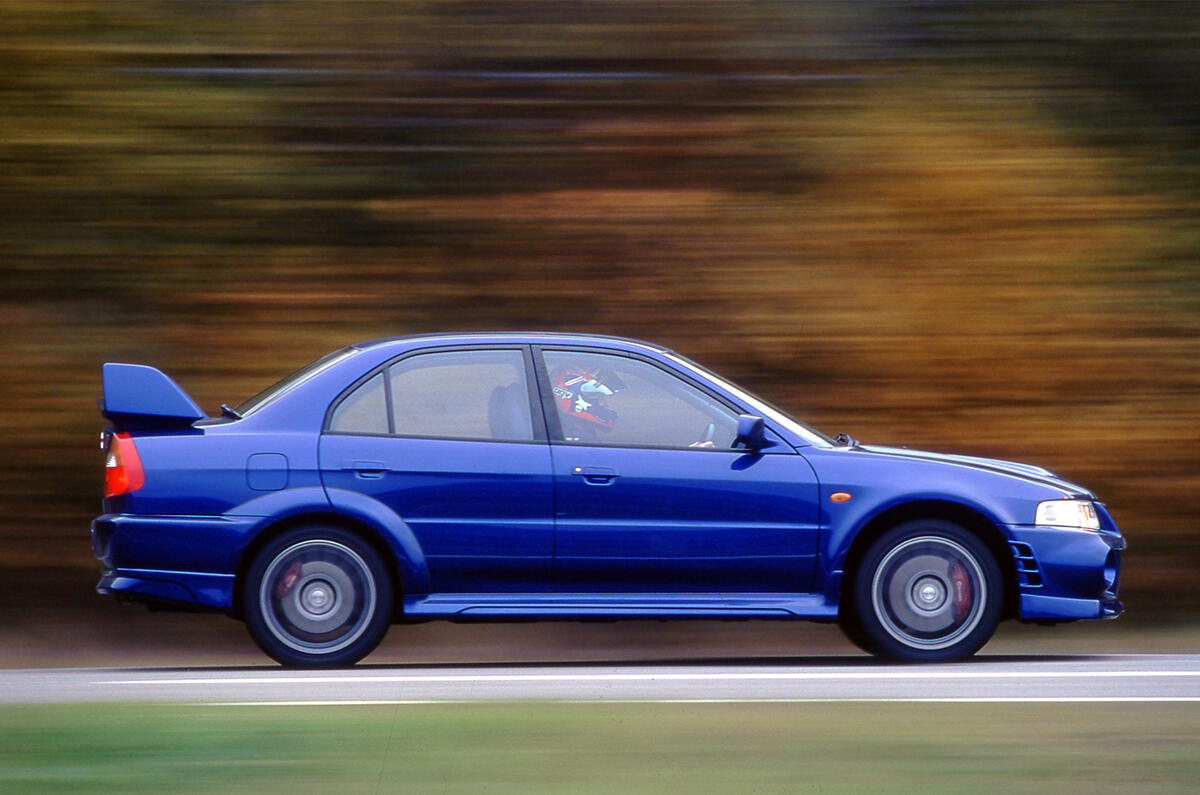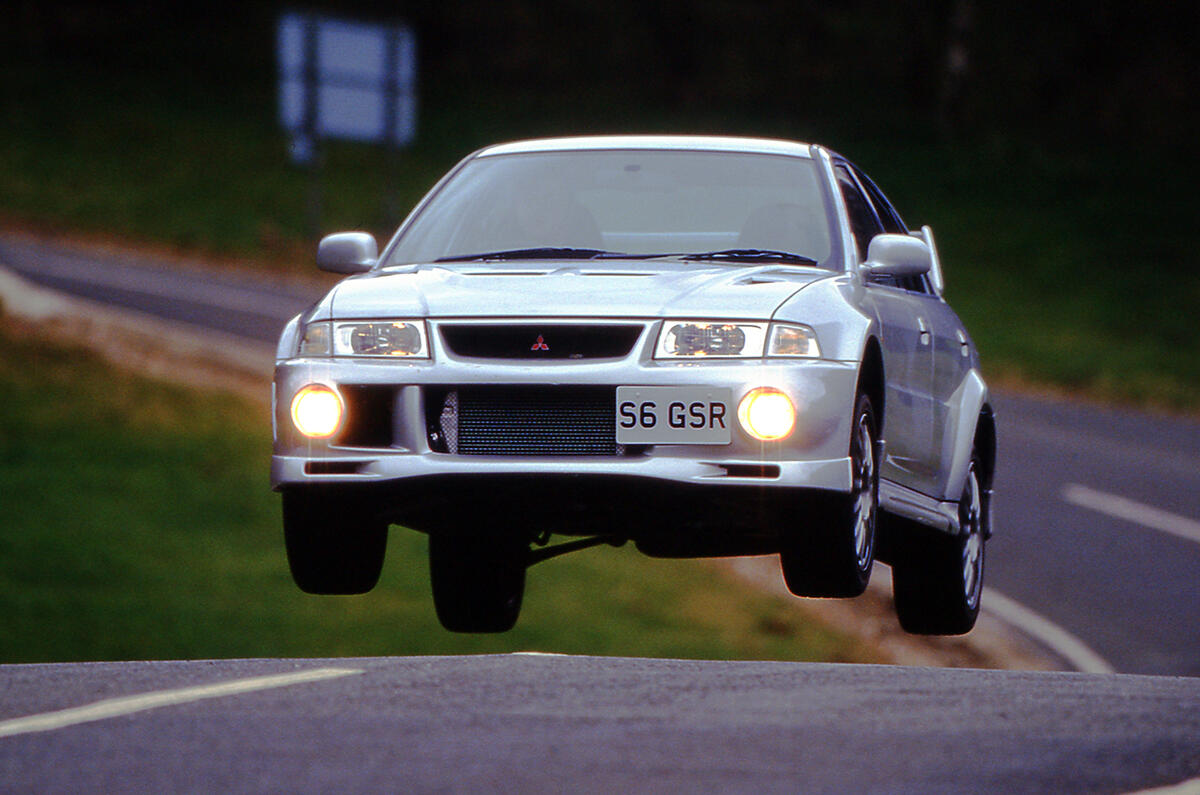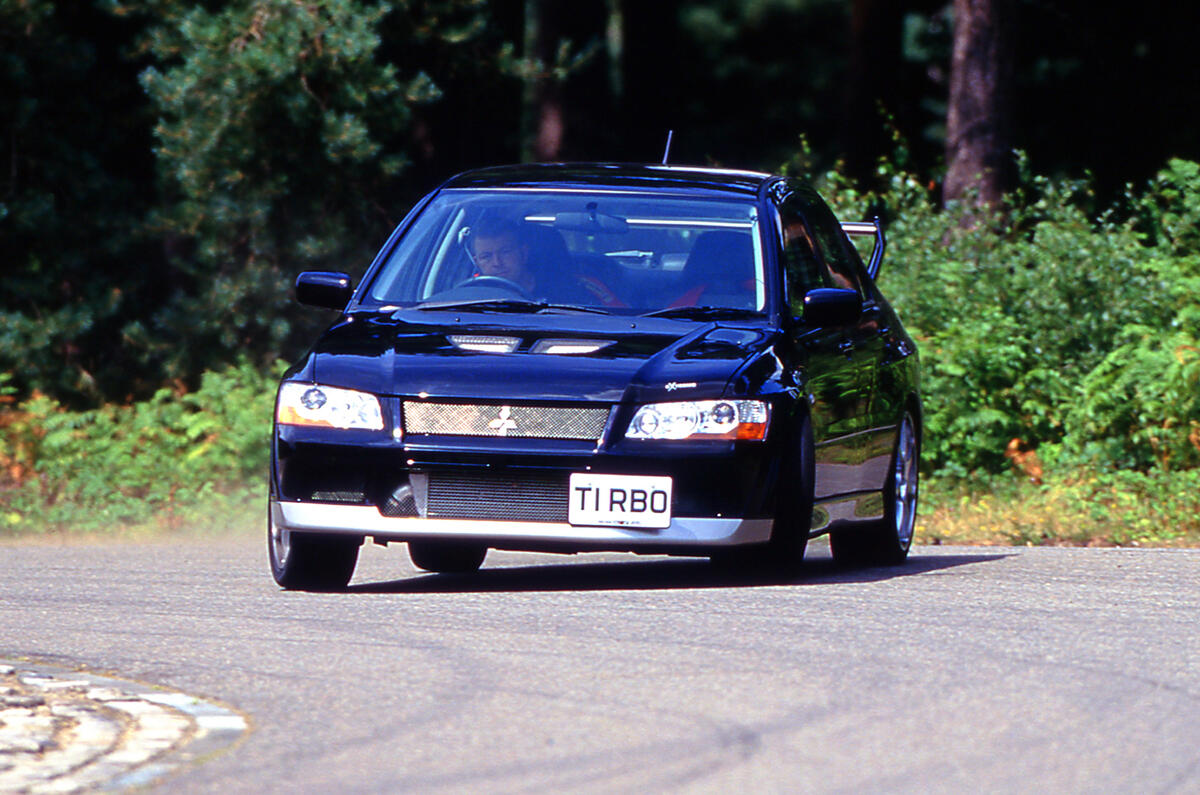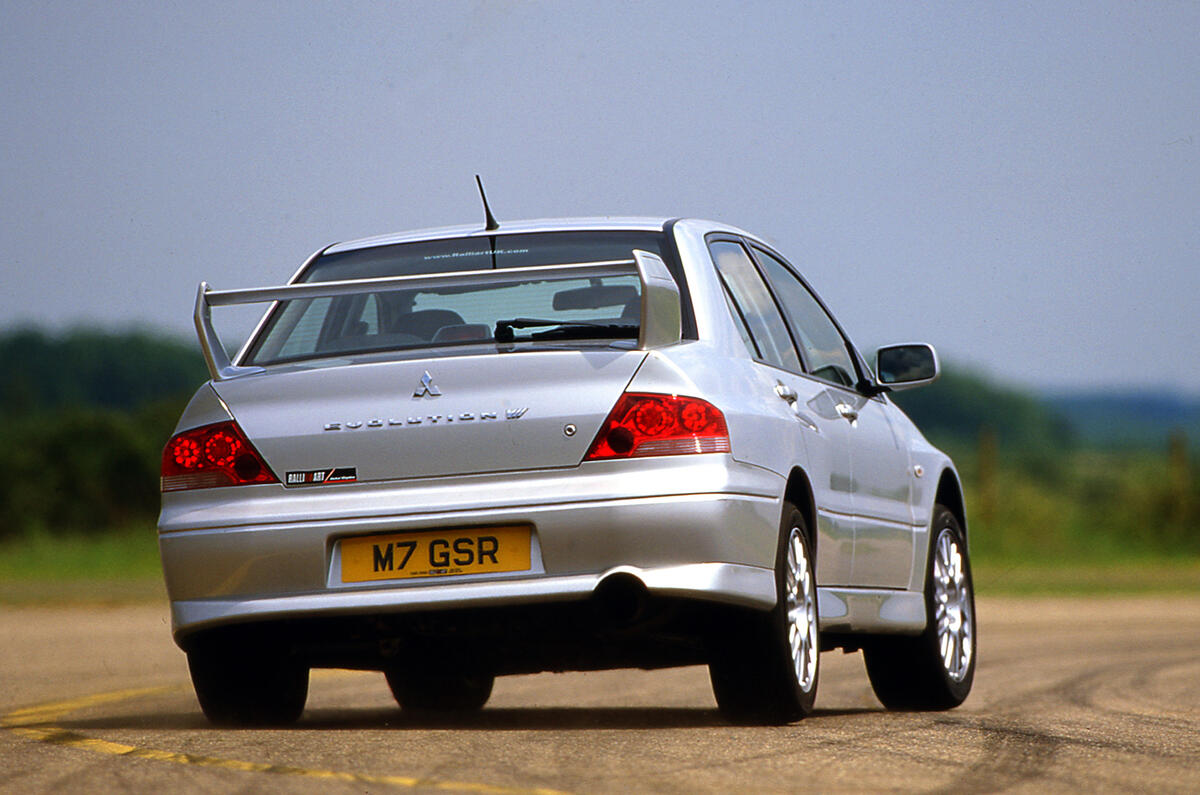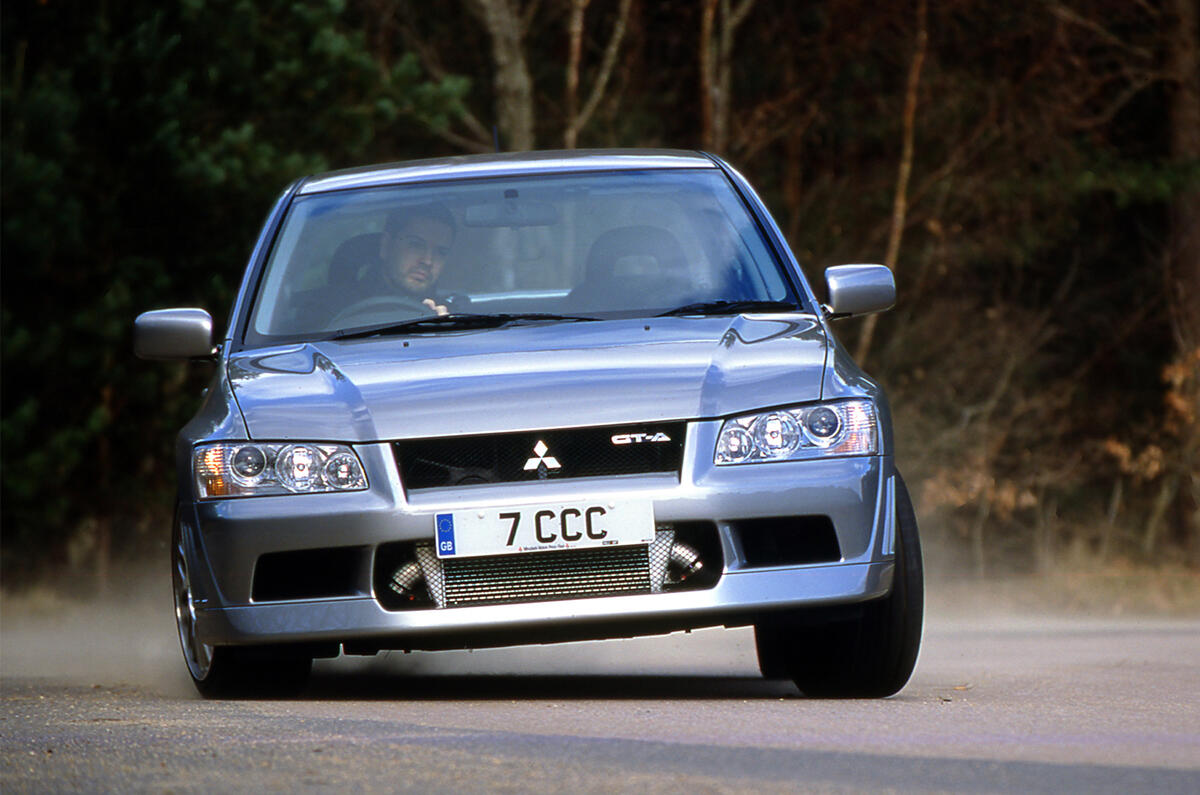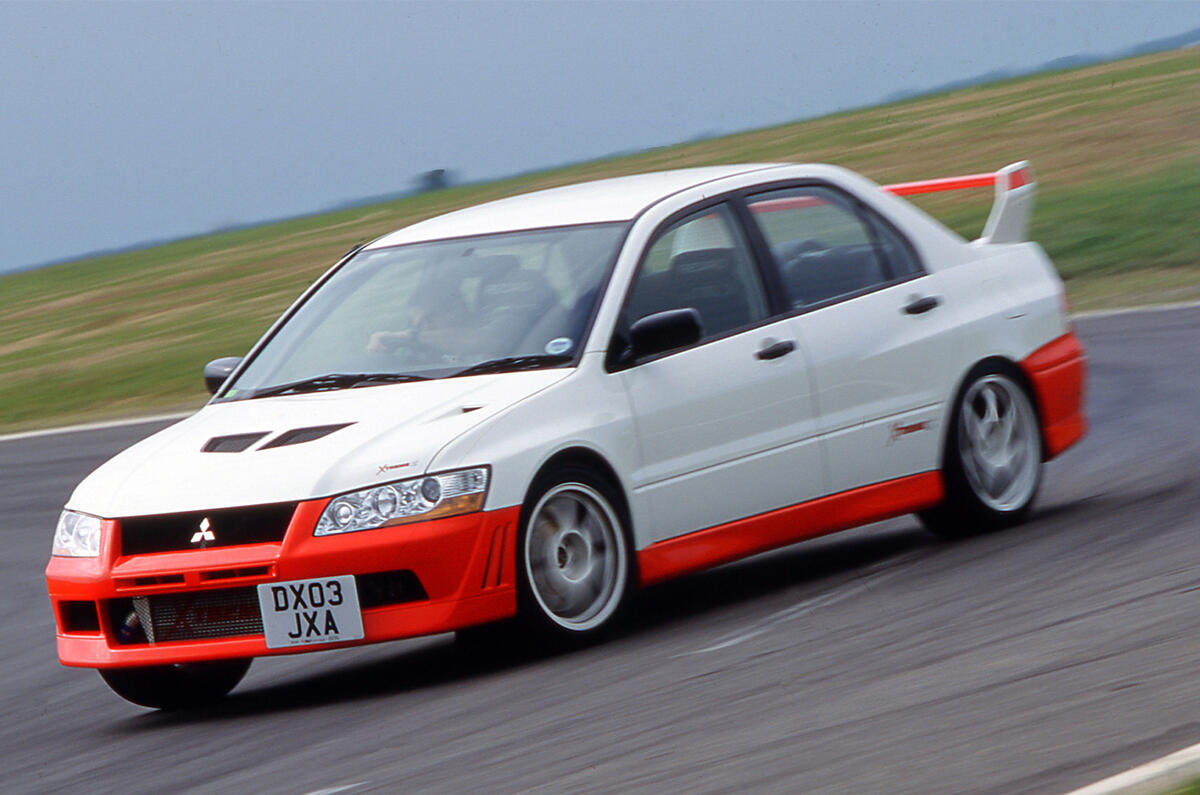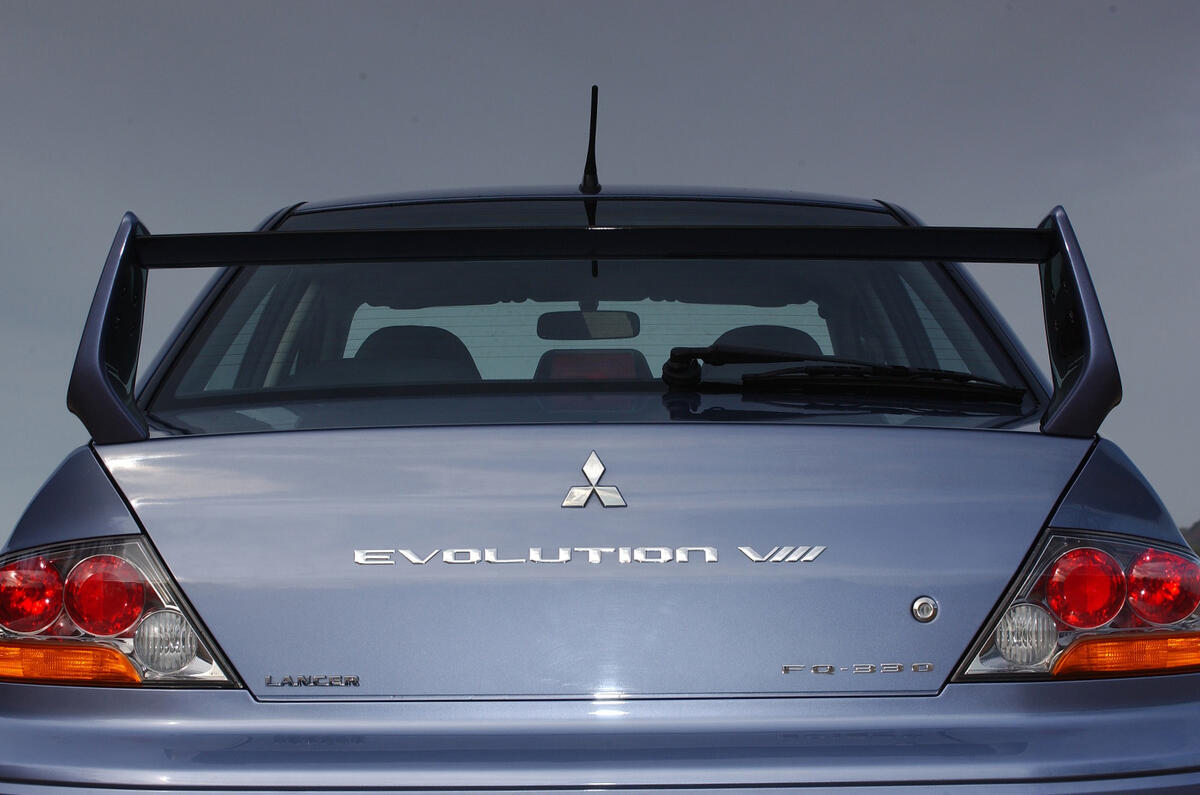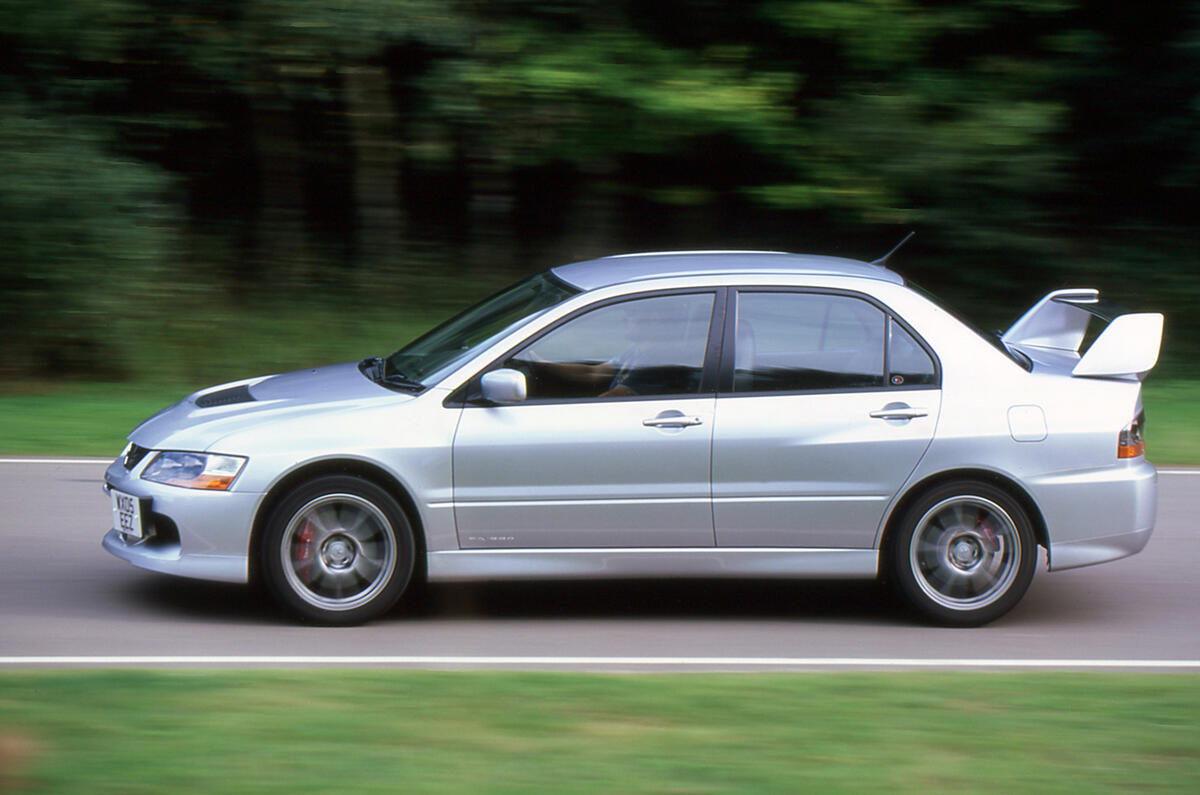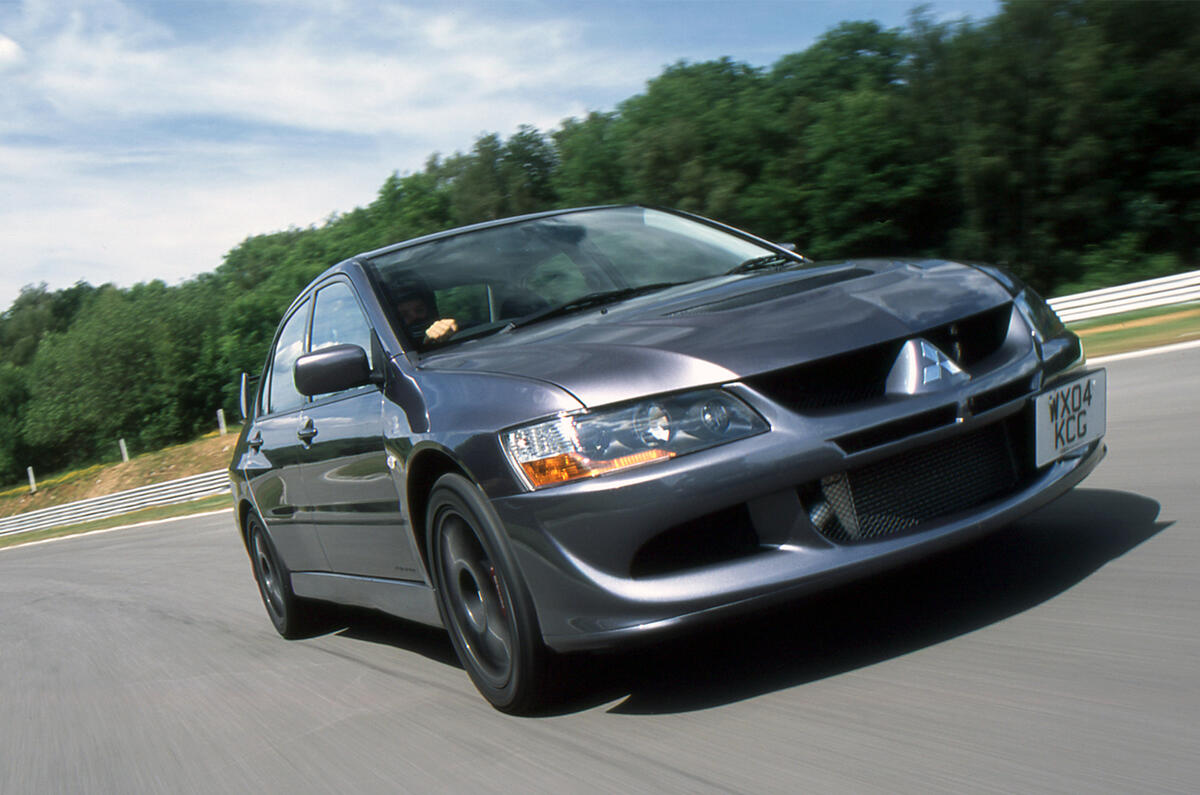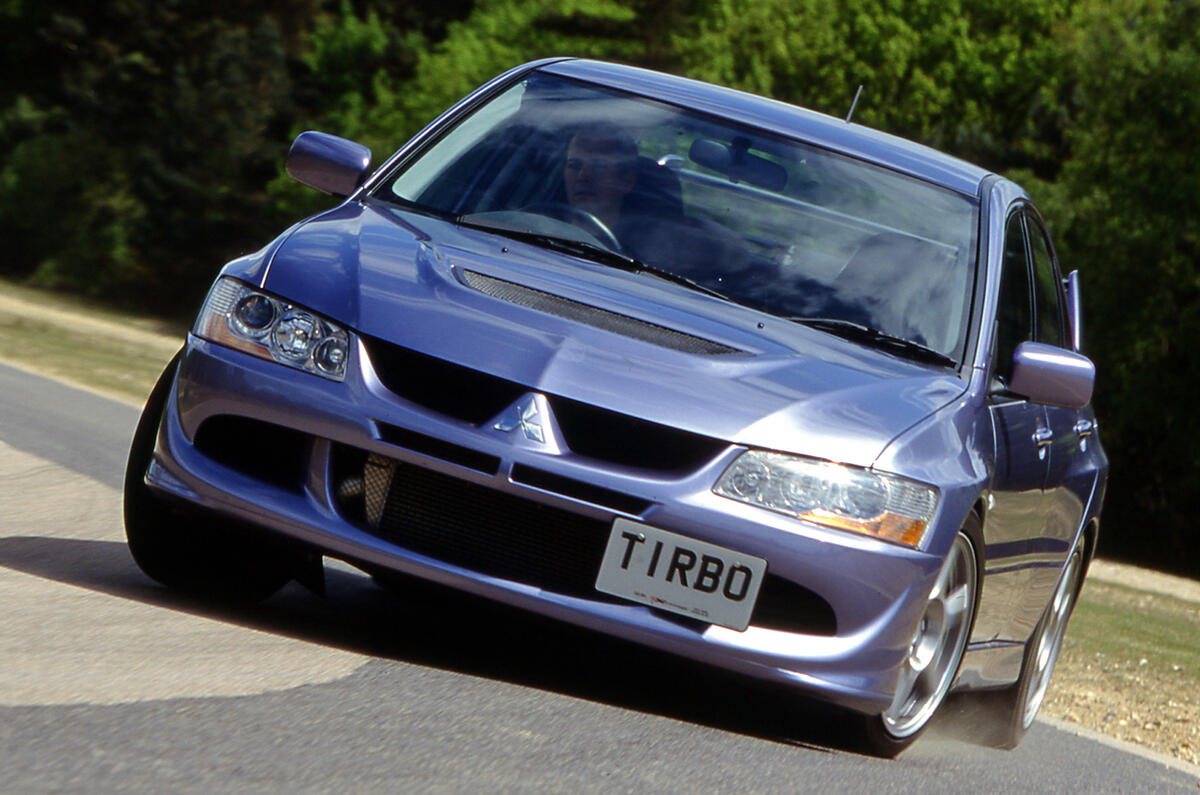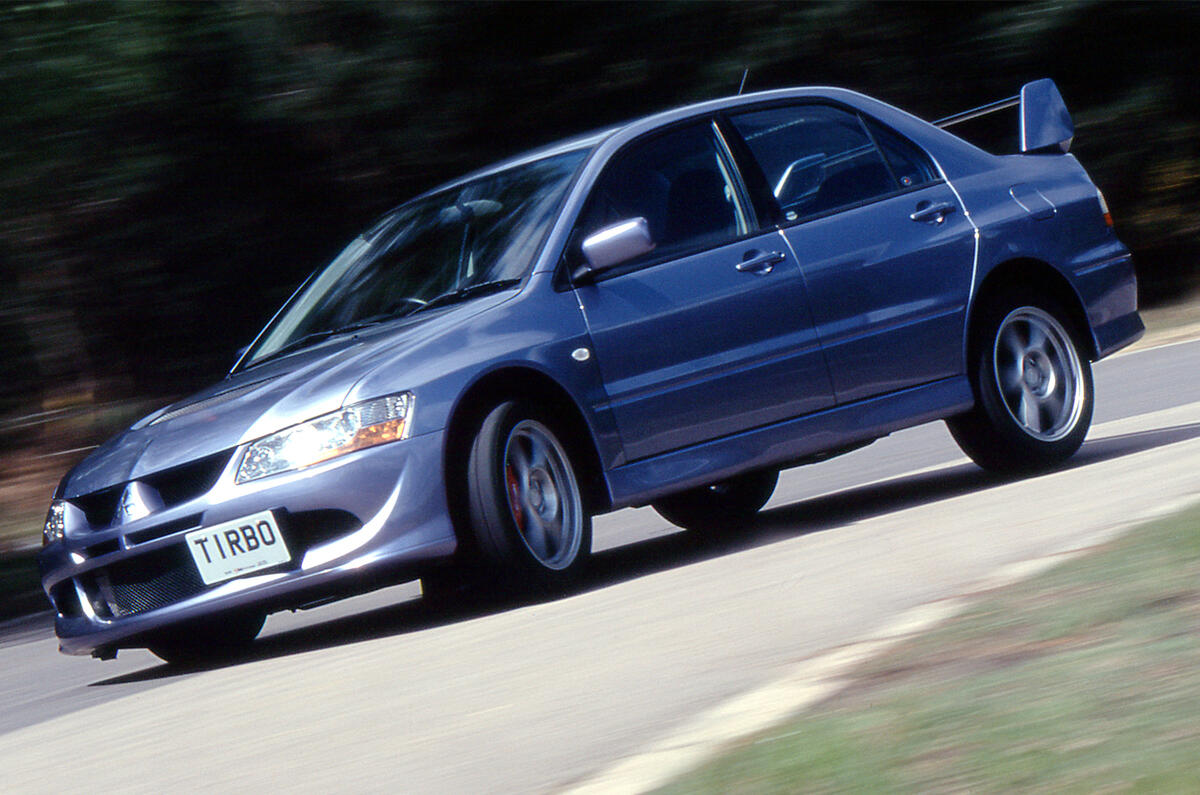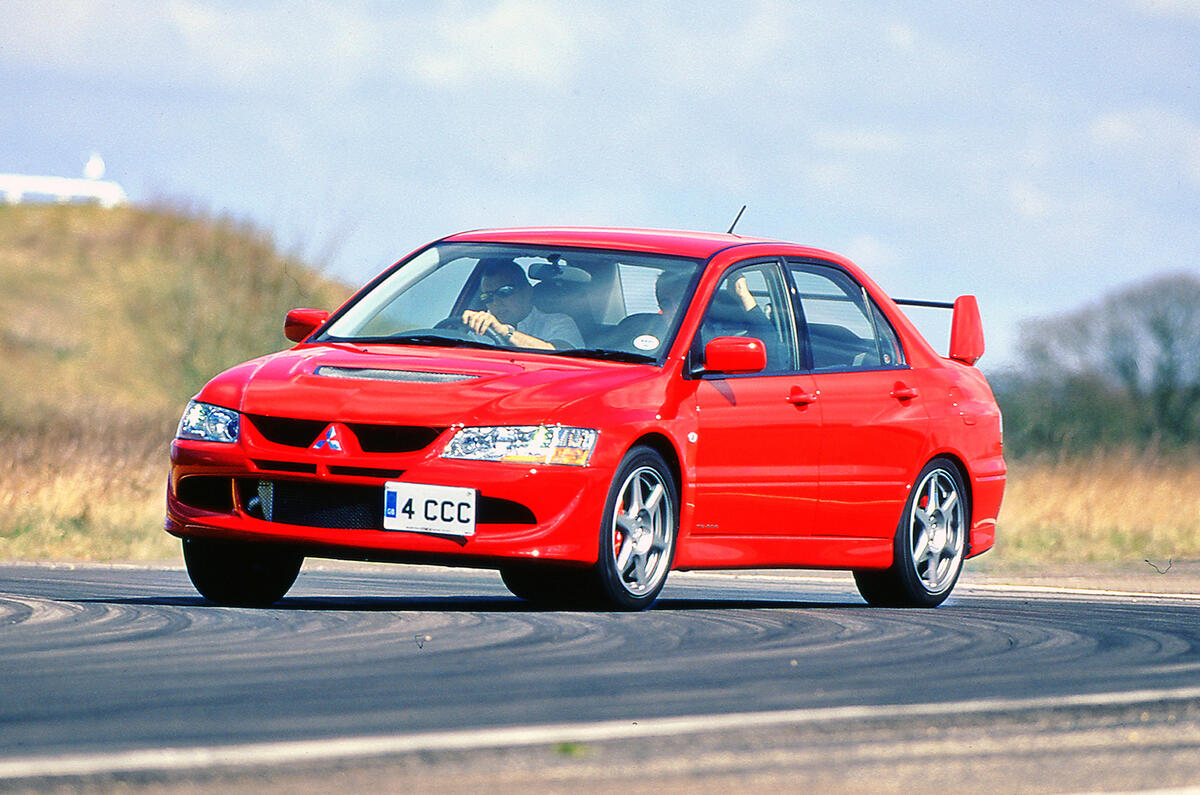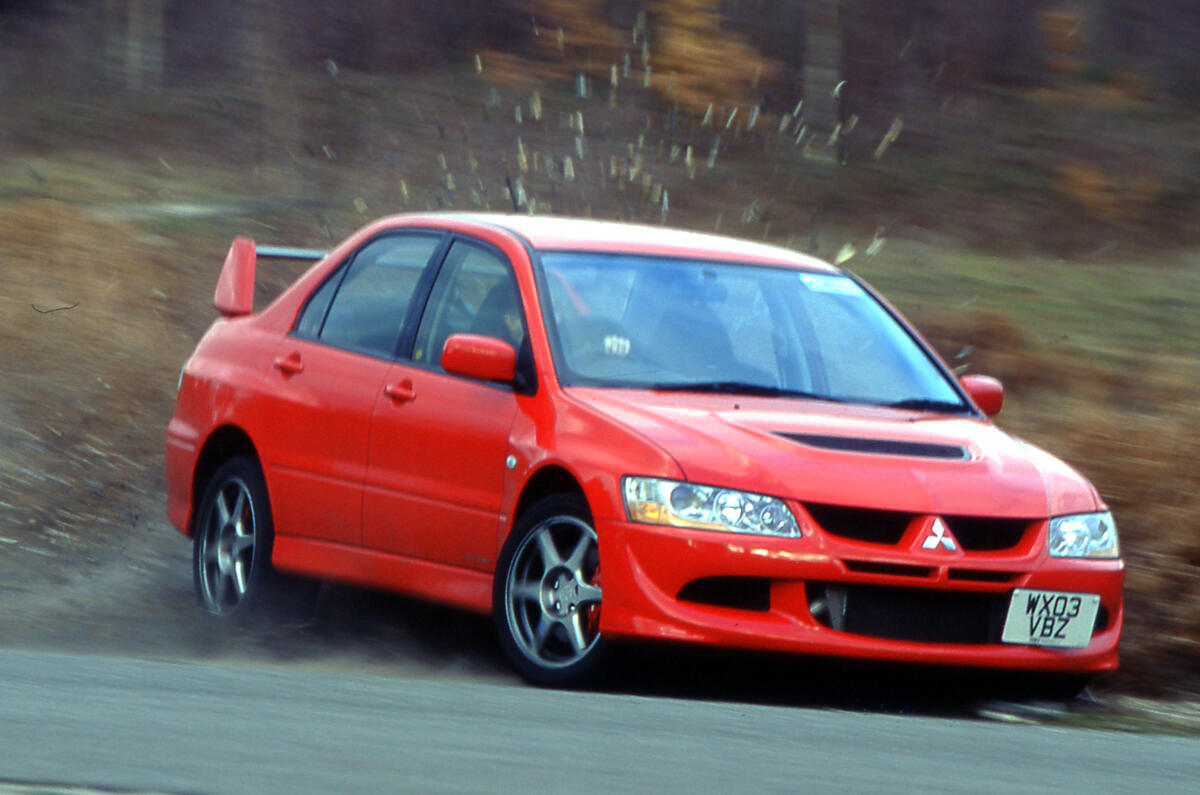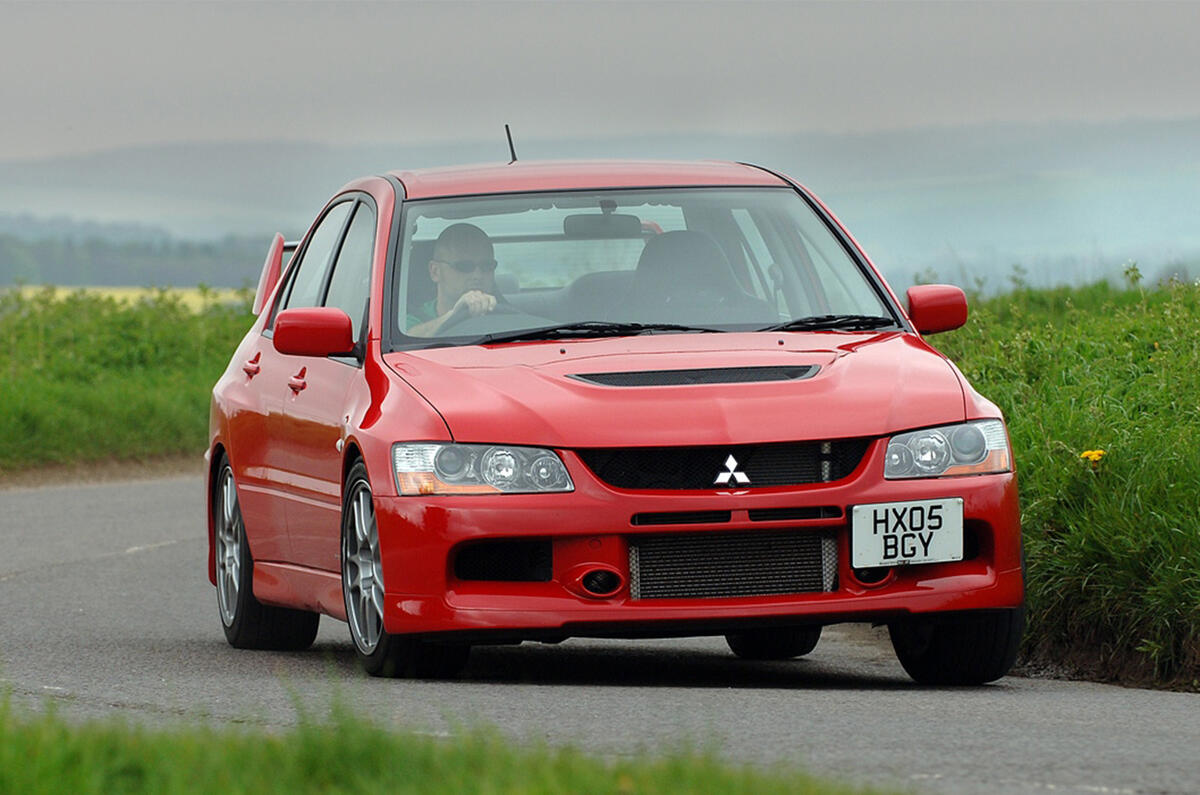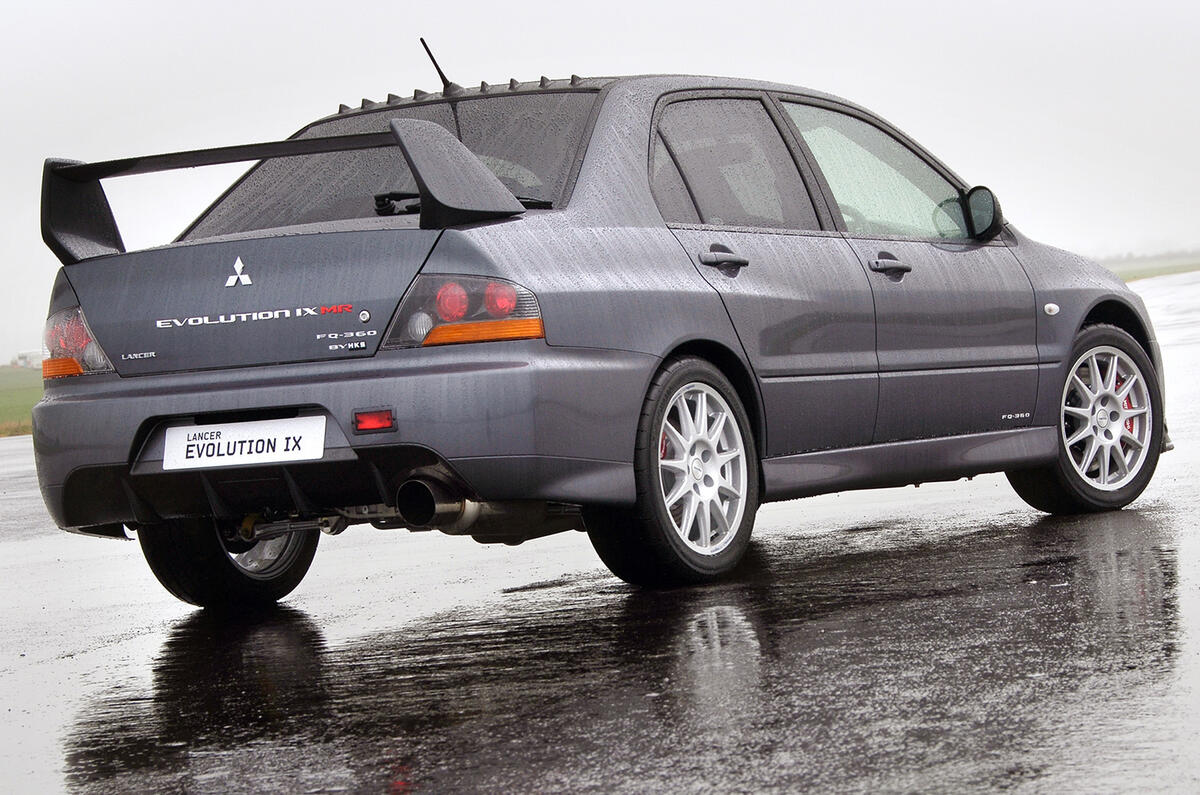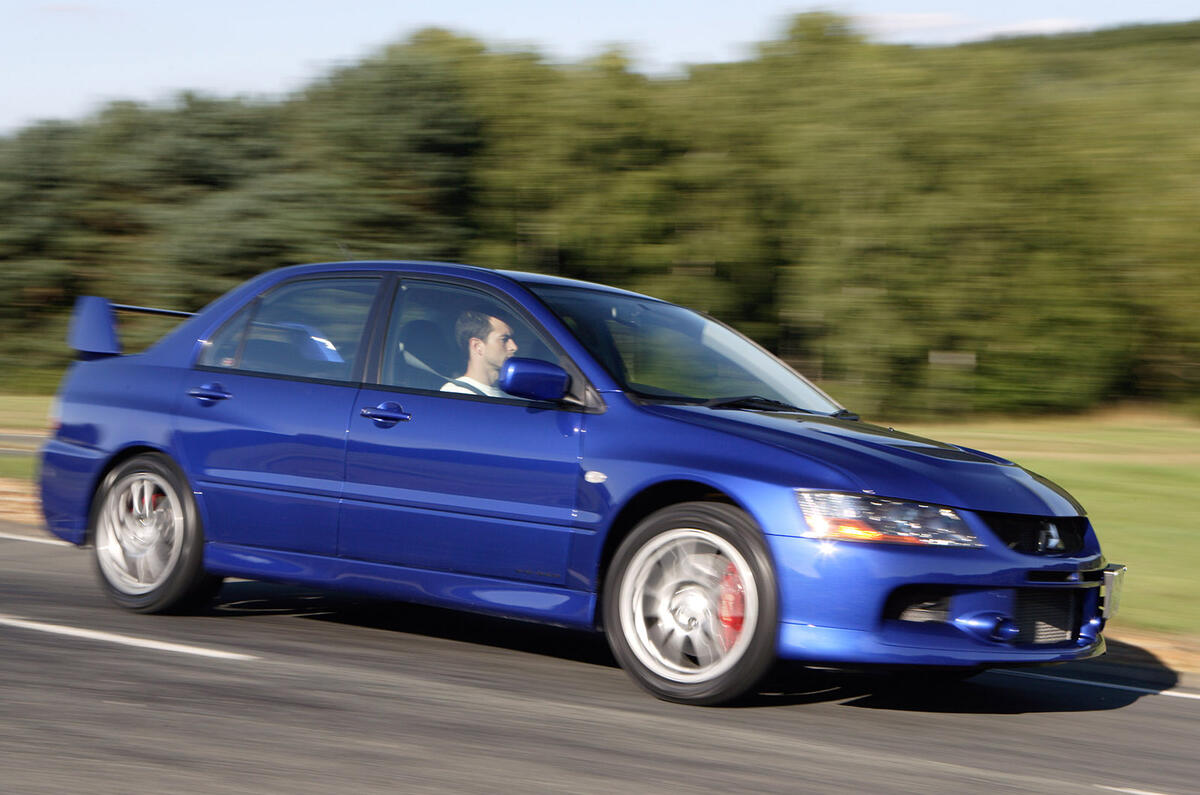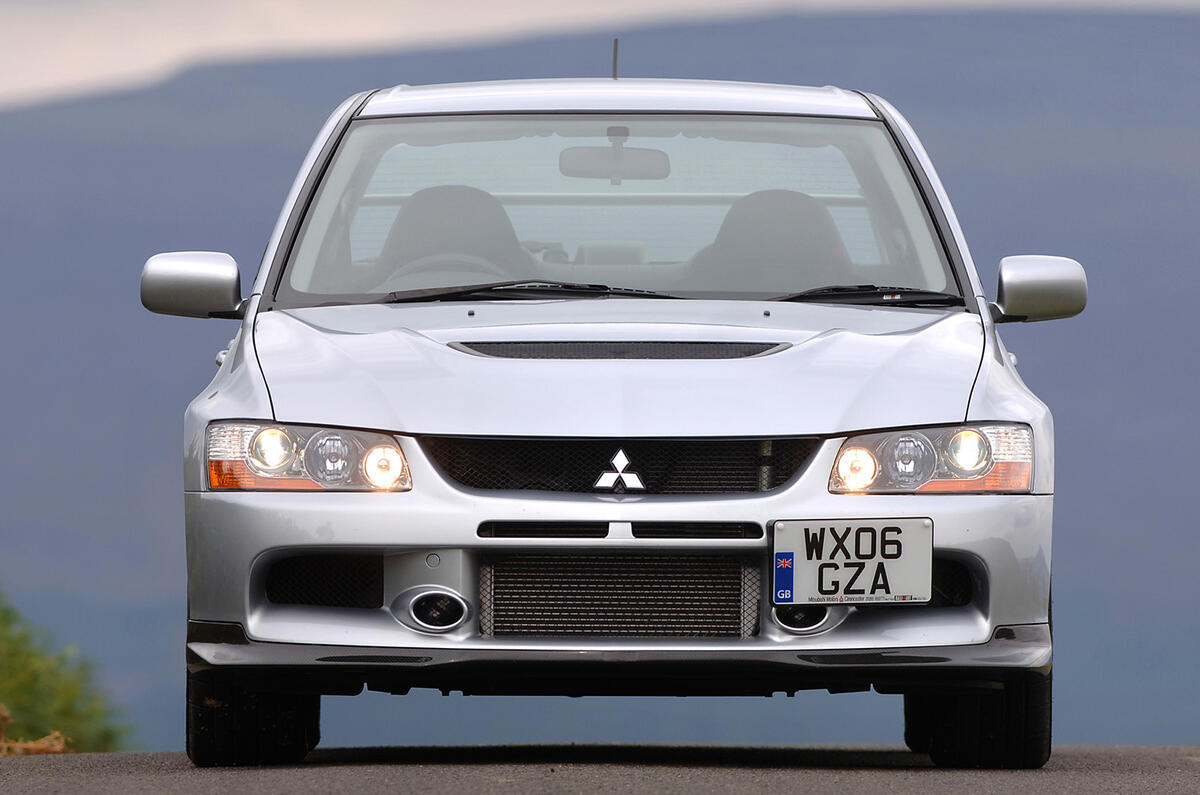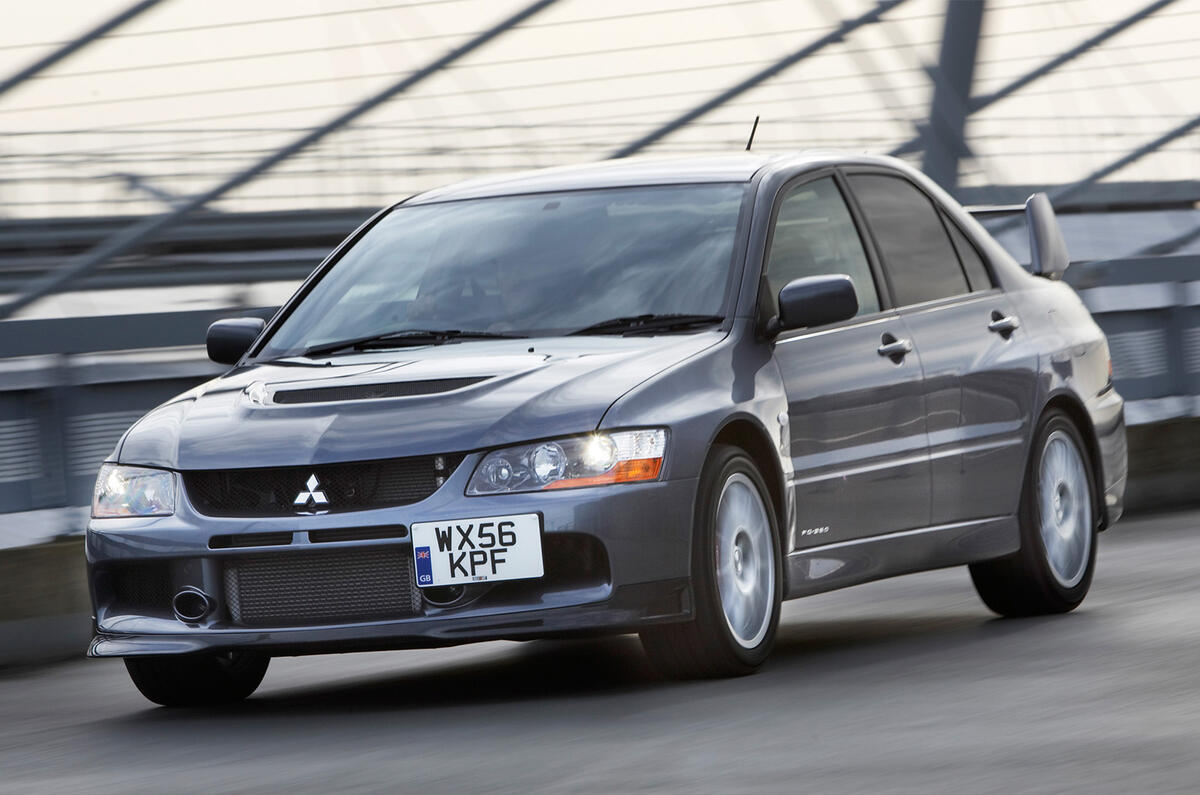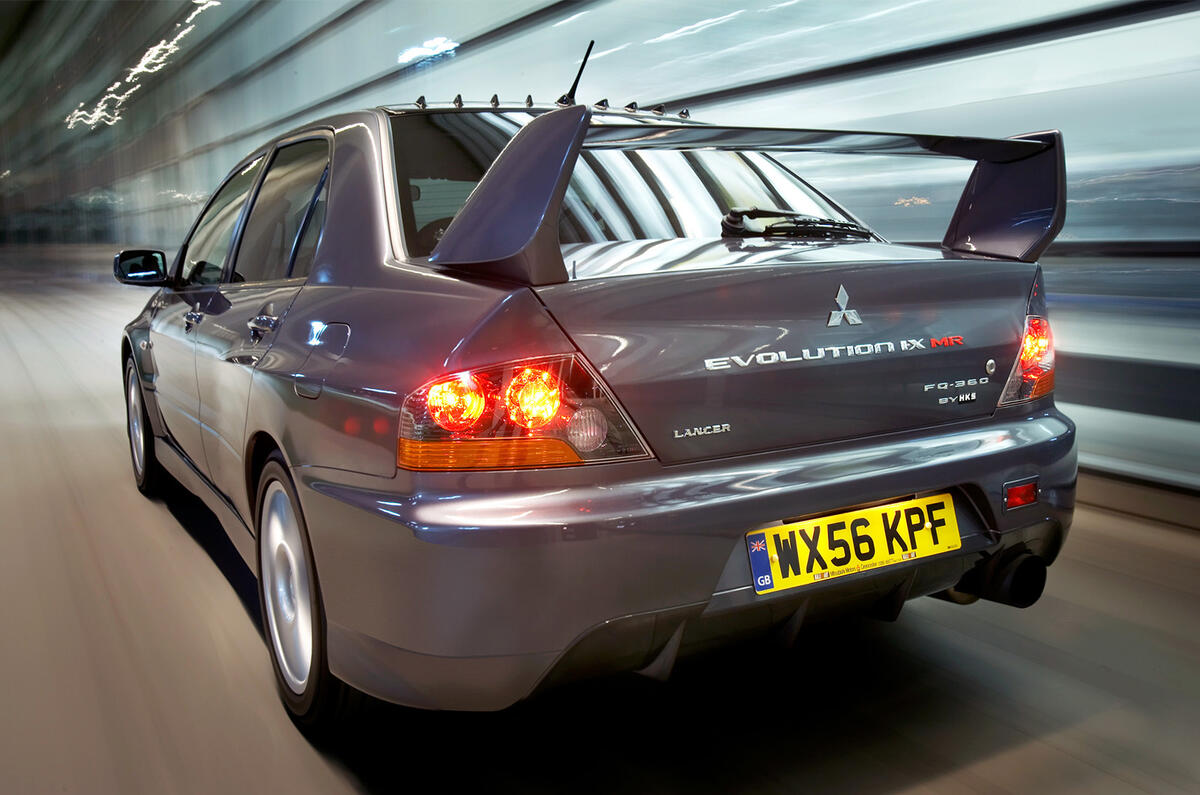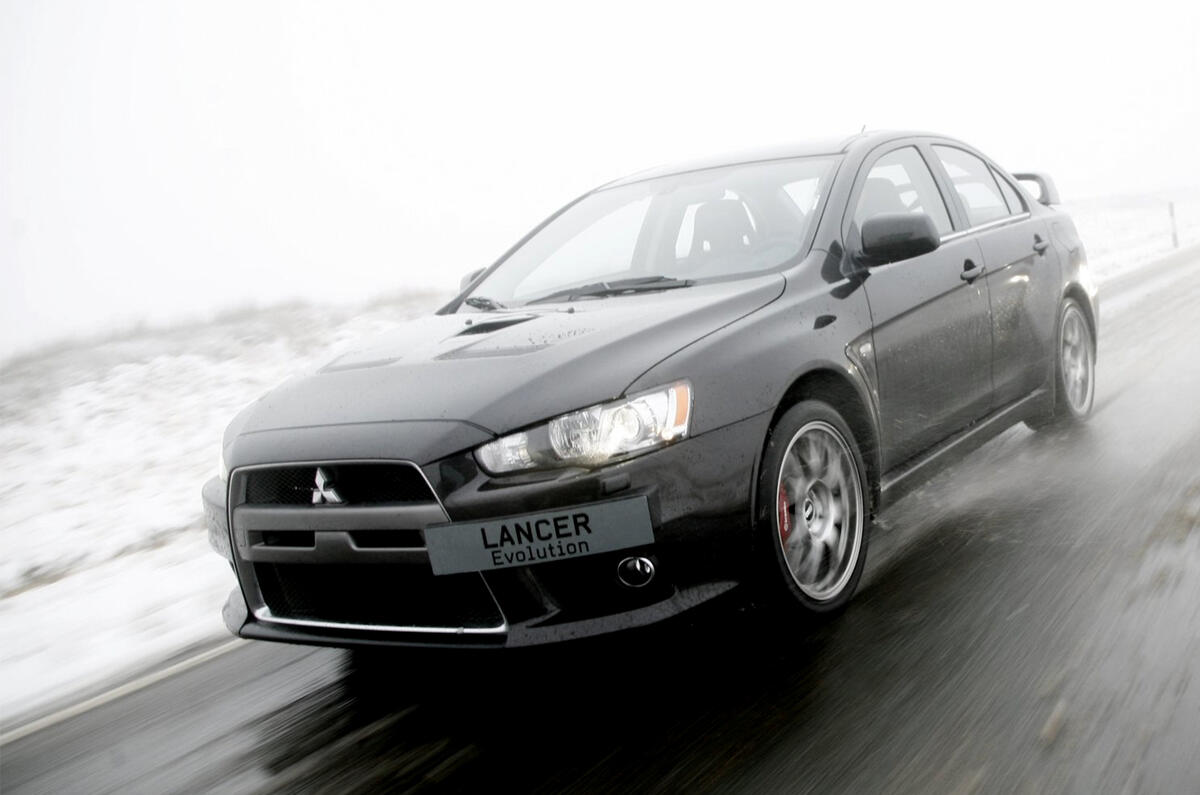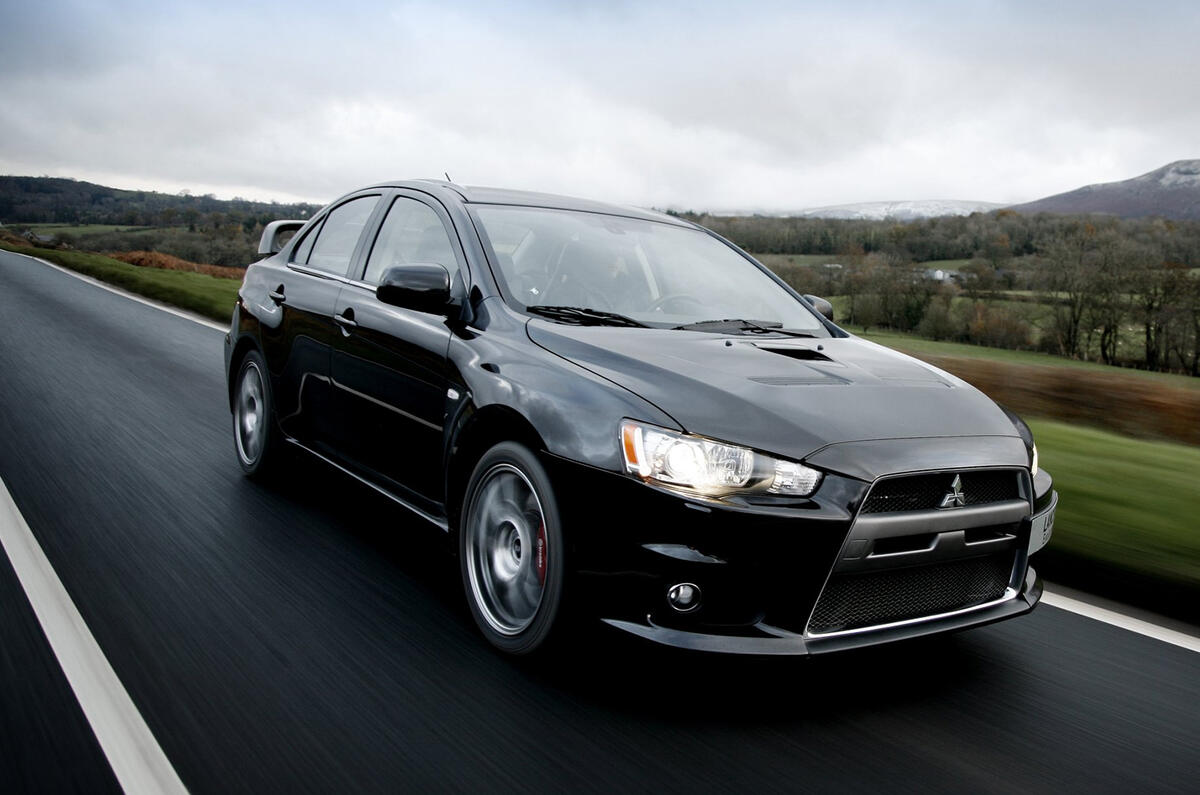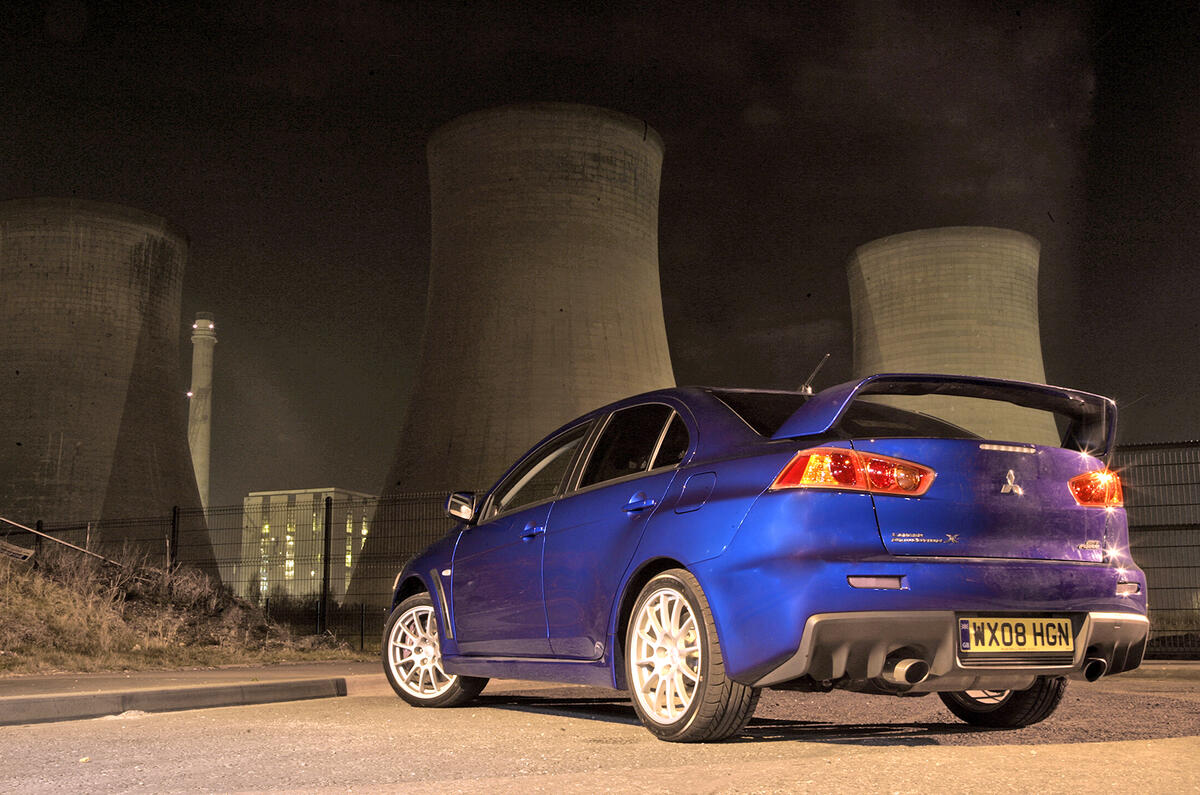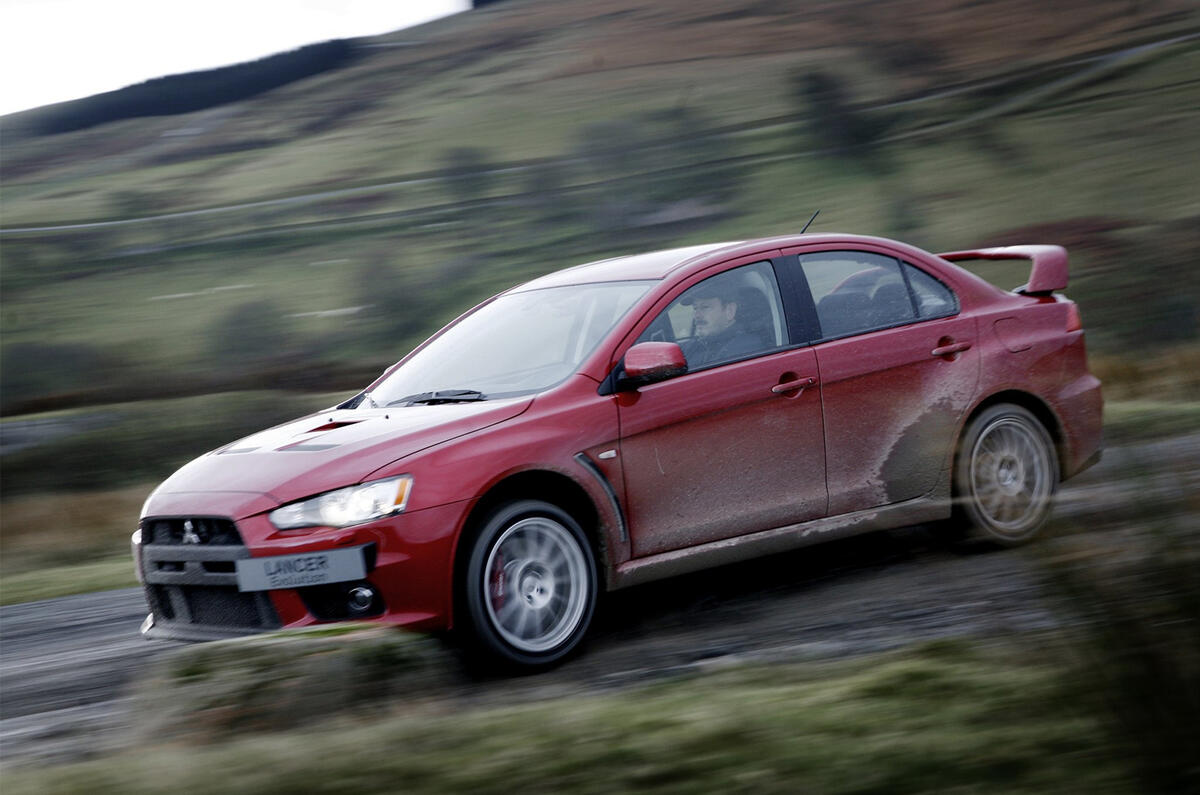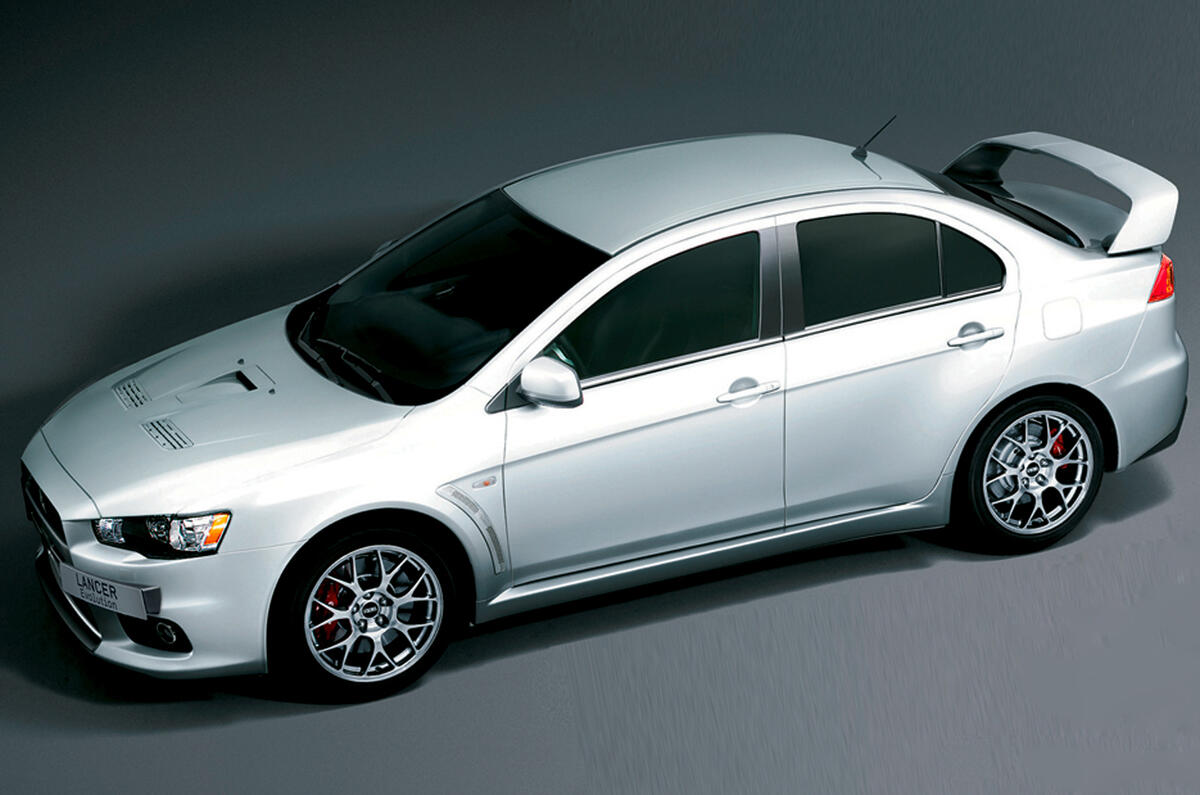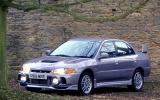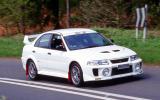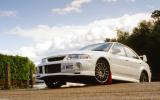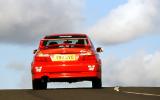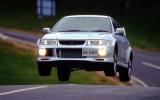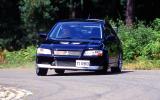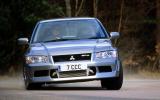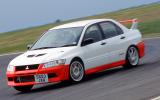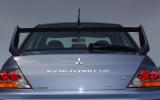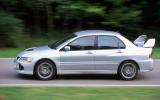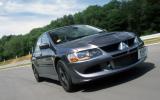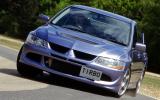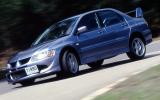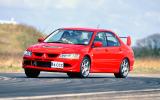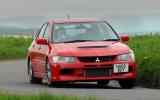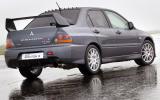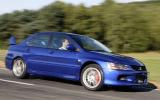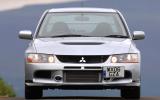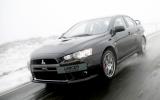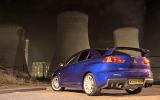The Mitsubishi Evo is to cars what Manny Pacquiao is to pound-for-pound boxing.
Both have a reputation for being hard-hitting, relentless athletes while also possessing nimble footwork and an ability to soak up the punishment. They have always punched well above their respective weights.
In the case of the Mitsubishi Lancer Evolution, it could be argued the ‘homologation’ seed was planted back in 1960, when its air-cooled 493cc Mitsubishi 500 saloon car claimed a podium lock-out in the 1962 Macau Grand Prix.
With the performance itch tickled by that success, Mitsubishi then went on to produce other iconic rally models, such as the Colt F2000, Colt Galant, Lancer EX2000 Turbo and Galant VR-4.
However, it wasn’t until 1992 after the arrival of Group A regulations in the World Rally Championship that Mitsubishi really flexed its technical muscle. Due to homologation rules, a minimum of 2,500 production models had to be built per year in order for manufacturers to compete.
Thus, in October 1992 the Mitsubishi Lancer Evolution was born and proved an immediate success, with all 2500 models selling out in Japan within three days of the launch. Powered by the Japanese carmaker’s ‘4G63’ 2.0-litre turbocharged engine lifted from the Galant VR-4 and mated to a five-speed gearbox, the engine produced 244bhp at 6000rpm and 228lb ft at 3000rpm - plenty enough to humble the 224bhp Ford Escort RS Cosworth of the same year. Zero to 60mph was taken care of in 5.1sec before the Evolution hit its top speed of 143mph.
The Lancer’s Evolution nameplate proved to be appropriate, as each development bequeathed a faster, stronger, nimbler model to coincide with the Roman numeric increase. Just over a year after the first model was launched came the Evolution II; boasting handling improvements, a wheelbase increase of 10mm and a wider front and rear track to accommodate the larger wheels and tyres. Power was up to 252bhp from the same motor, but the Evolution II was 10kg heavier than its predecessor, however torsional rigidity had increased by 30 per cent.
February 1995 saw the arrival of the Lancer Evolution III. New side skirts and a large rear spoiler were added to reduce lift and give the car a more bullish aura. The ‘4G63’ motor kicked out 270bhp at 6250rpm, with 0-60mph being dispatched in 4.9sec and a top speed of 149mph.
By mid-1996, Mitsubishi’s rallying success began to have a tremendous outcome on Lancer Evolution sales. The 1996 WRC season brought Mitsubishi - together with a blisteringly quick Finn named Tommi Makinen - its first World Rally Championship drivers’ title. The fiercely competitive Makinen borrowed the phrase ‘maximum attack’ and used it to devastating effect, wrapping the championship up on the final round at Rally Catalunya with a comfortable fifth place finish.
In 1997, Mitsubishi pulled the wraps off the Lancer Evolution IV, showing a completely new platform. Weight was slightly up on the previous model, with the lighter RS weighing 1260kg and the GSR tipping the scales at 1345kg. Mitsubishi’s Active Yaw Control (AYC) made its debut on the Evo as a factory option for the GSR model. It utilised steering, throttle input sensors and G-force sensors to split torque via a computer-controlled differential individually to the rear wheels and increased cornering speed. Power was now up to the Japanese ‘gentleman’s agreement’ of 276bhp at 6500rpm. By this point, rallying had captured the imagination of petrolheads all over the world and Mitsubishi sold 6000 Evo IVs in the first three days of its launch.
Eighteen months later, Mitsubishi's development team got itchy fingers once more, leading to the new Lancer Evolution V being revealed in 1998. The car now looked much more aggressive; with flared arches, a new aluminium rear spoiler and a 10mm widened track. Wheel diameter was increased from 16 to 17-inches to swallow the larger Brembo brakes. The interior also received updated Recaro seats and slightly fresher finishing. Power was still ‘quoted’ as 276bhp, but the reality was it usually produced quite a lot more.
Less than six months on from the Evo V, Mitsubishi launched the Lancer Evolution VI, with upgrades primarily focused on engine durability and cooling. It was the first time that an Evo could be bought officially in the UK, but only a small number were offered through a handful of Ralliart dealers. The Japanese manufacturer unleashed a special edition in the latter-half of 1999 to celebrate its favourite son’s four consecutive WRC drivers’ titles from 1996-1999 – the Mitsubishi Lancer Evolution VI Tommi Makinen Edition.
Widely regarded as the finest Lancer to wear the Evolution badge, it came in five colours – red, black, blue, white and silver. A red/black Tommi Makinen-embossed interior and 17-inch white Enkei wheels completed the package, while performance upgrades saw the 0-60mph sprint obliterated in 4.4 seconds and the car max out at 150mph. Power was rumoured to be over 300bhp, rather than the 276bhp ‘agreement’.
In 2001, under pressure from new World Rally Championship regulations, Mitsubishi launched the Evolution VII. Based on the Lancer Cedia platform, it was bulkier and heavier than its predecessor, and while Mitsubishi tried to compensate with multiple chassis tweaks, the result was a car that was underwhelming compared to previous generations.
In 2003, the Japanese firm rekindled some of that magic and ironed out the creases for the Evolution VIII. Mitsubishi UK officially imported the Evo for the first time through its Ralliart network with an array of editions including FQ260, FQ300, FQ320, FQ340 and FQ400 models – the numbers denoting the power figure. A six-speed manual gearbox was available on the Lancer Evolution for the first time.
In March 2005, Mitsubishi revealed the Lancer Evolution IX at the Geneva motor show. Still powered by the trusty ‘4G63’ 2.0-litre turbocharged lump, the Evo IX was initially available to the UK market in FQ300, FQ320 and FQ340 guises, before an FQ360 version was unleashed to become the successor to the Evo VIII FQ400. While the FQ360 had less power than the FQ400, the newer FQ360 produced more torque - 363lb ft at 3200rpm.
In 2007, the Mitsubishi Lancer Evolution X was launched. The car came in two forms, with the GS being essentially the Japanese GSR with a five-speed manual gearbox, while the GSR SST was available in FQ300 and FQ330 versions which adopted Mitsubishi’s six-speed Twin Clutch Super Sport Transmission (TC SST). The FQ400 was revived, too. Mated to a five-speed gearbox, the 400bhp Evo X could accelerate from 0-62mph in an eye-watering 3.8sec and on to an electronically-limited 155mph.
Fans of the Evo won't have long to wait for its return, as Mitsubishi has confirmed a new special edition will go on sale in the UK soon. The special FQ-440 MR comes with its peak power and torque boosted to 440bhp and 412lb ft respectively, as well as a host of other performance upgrades. Only 40 will be coming to this country, each costing £50,000, and a data logger is fitted as part of its warranty.
Aaron Smith, with additional reporting by Darren Moss

